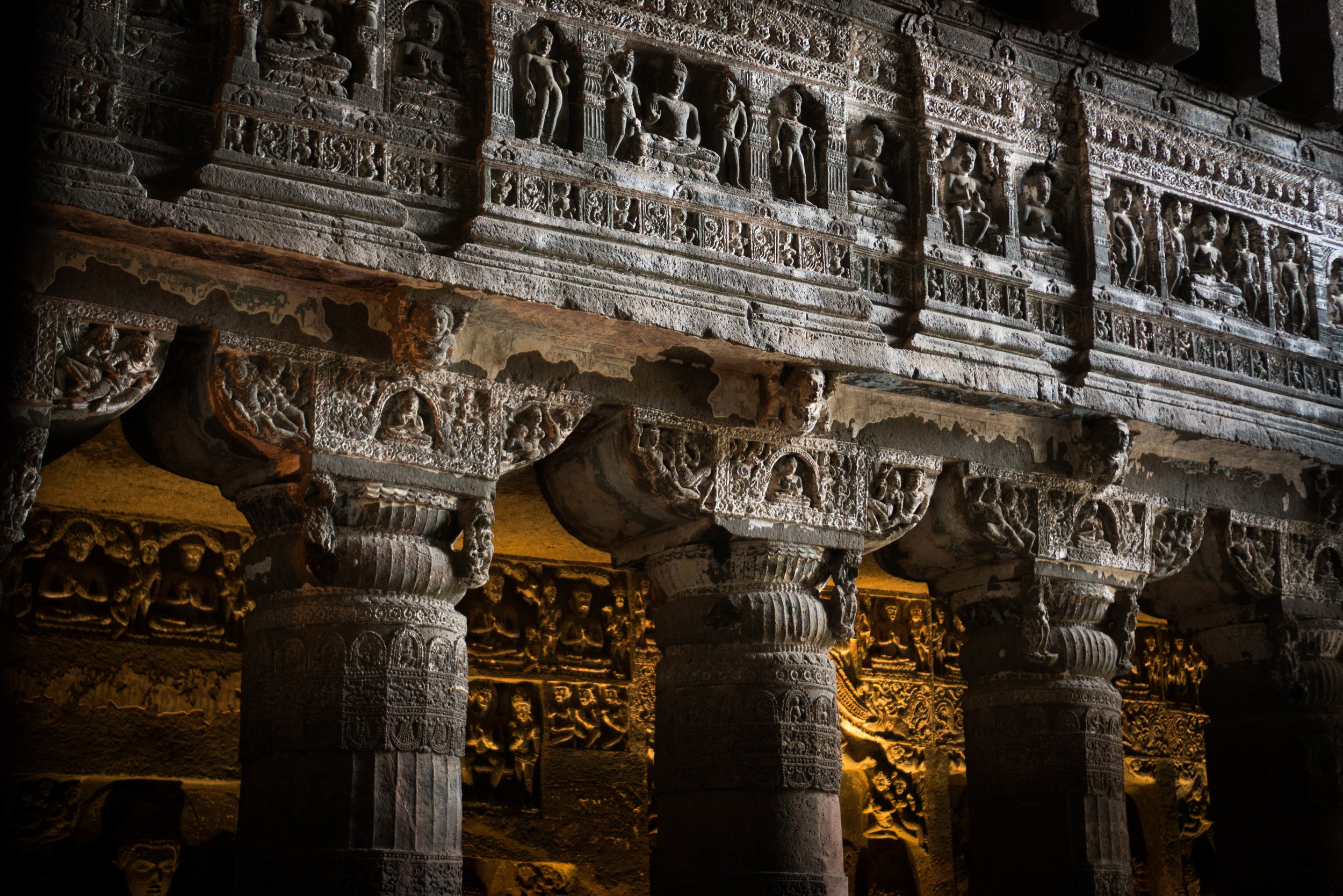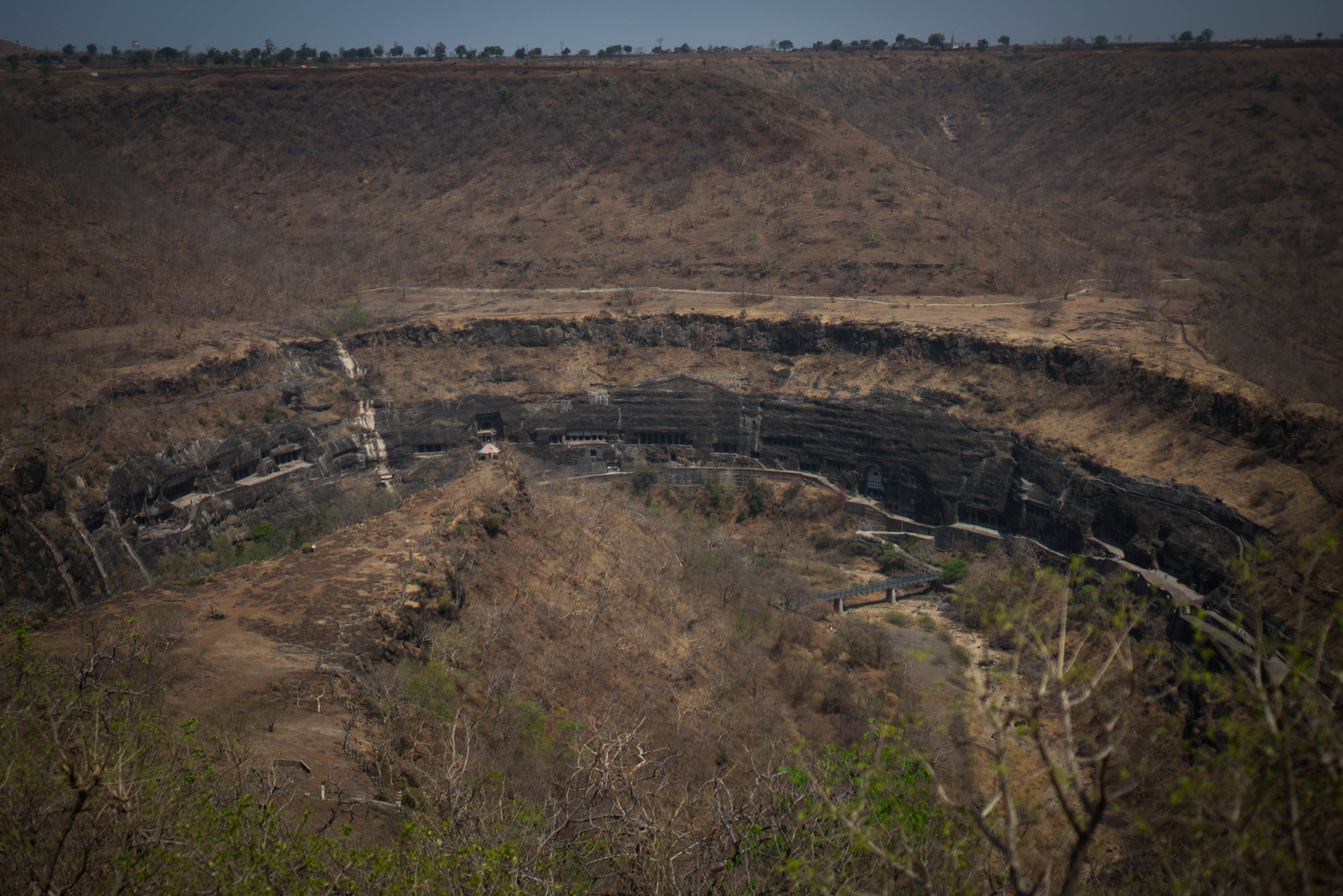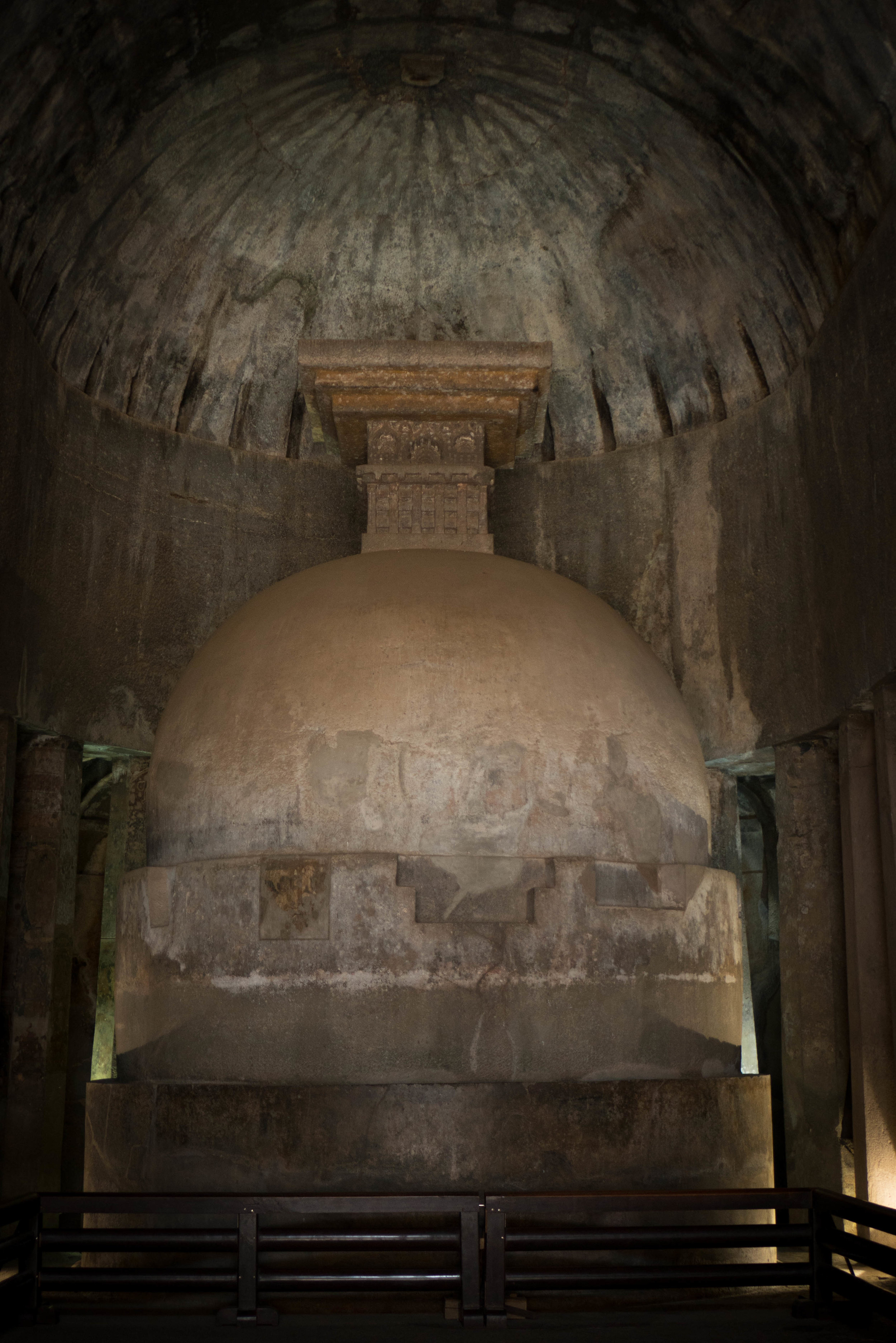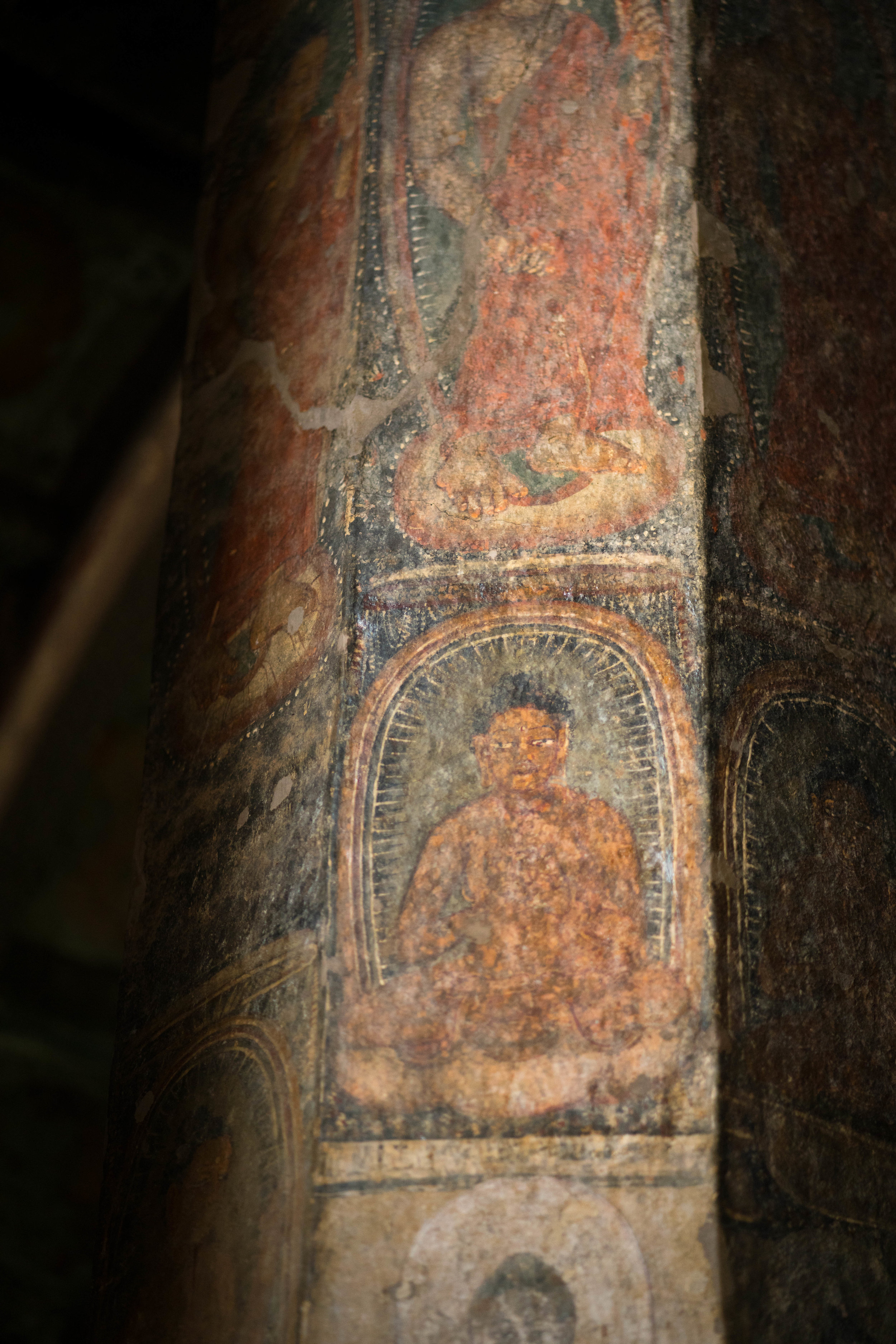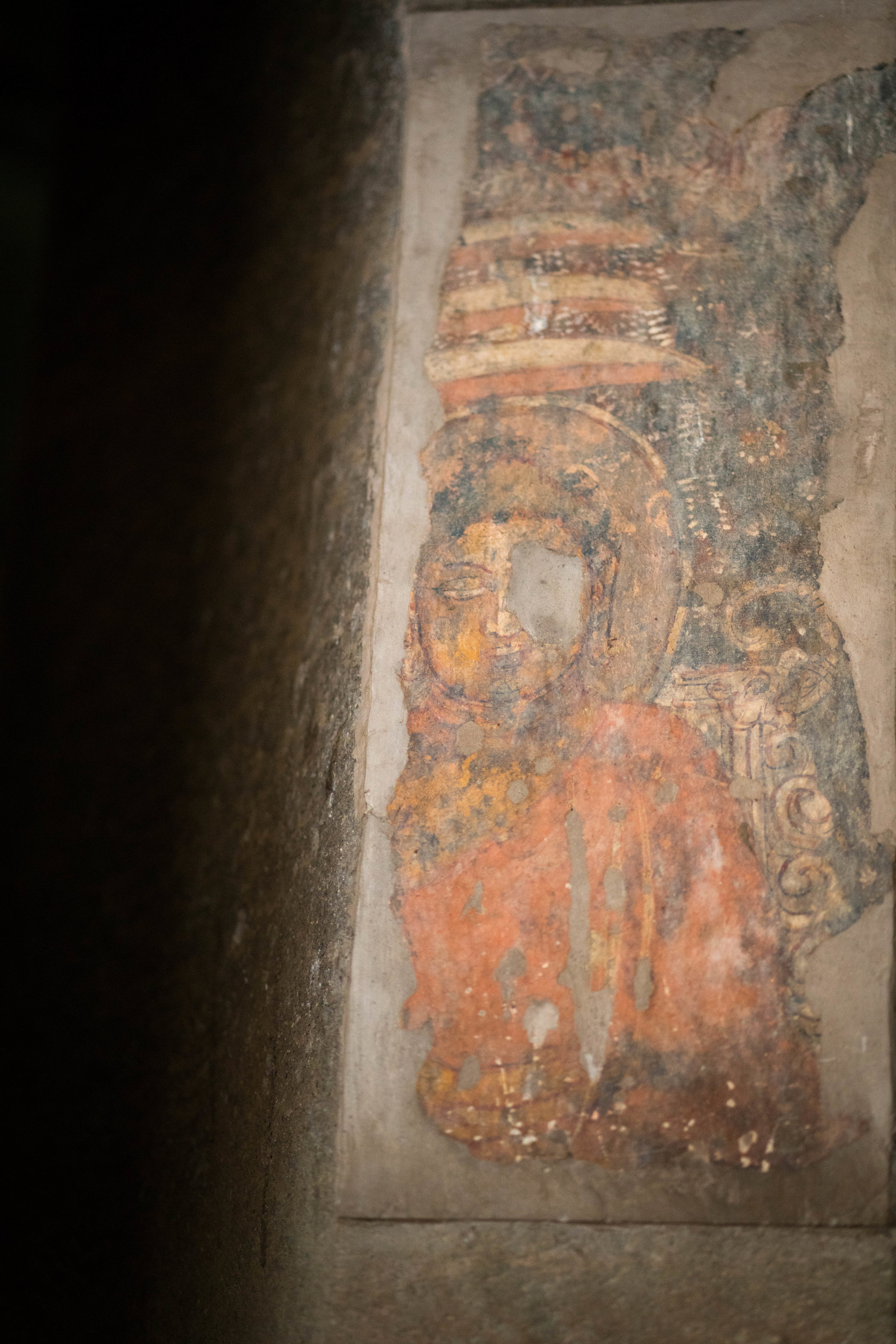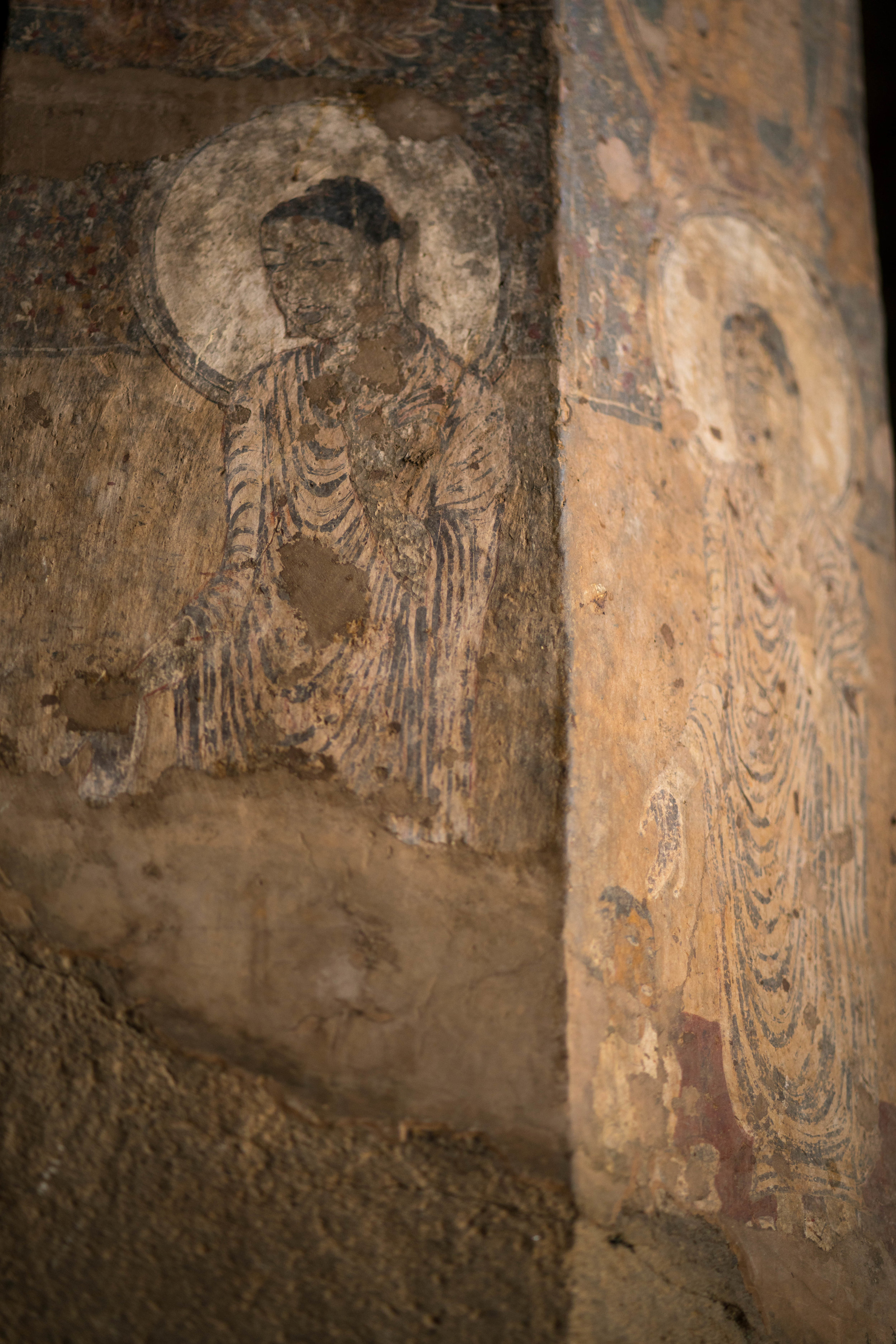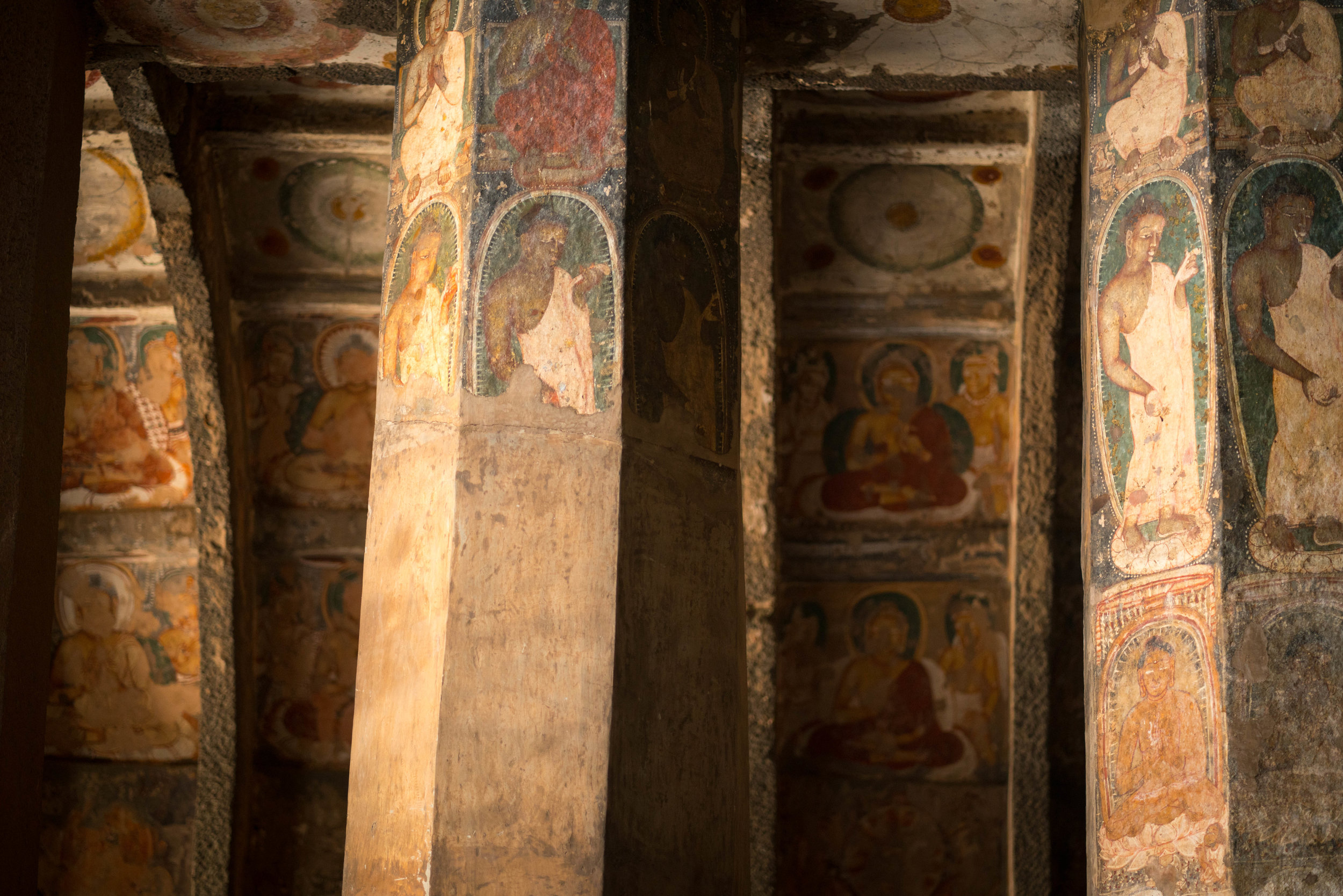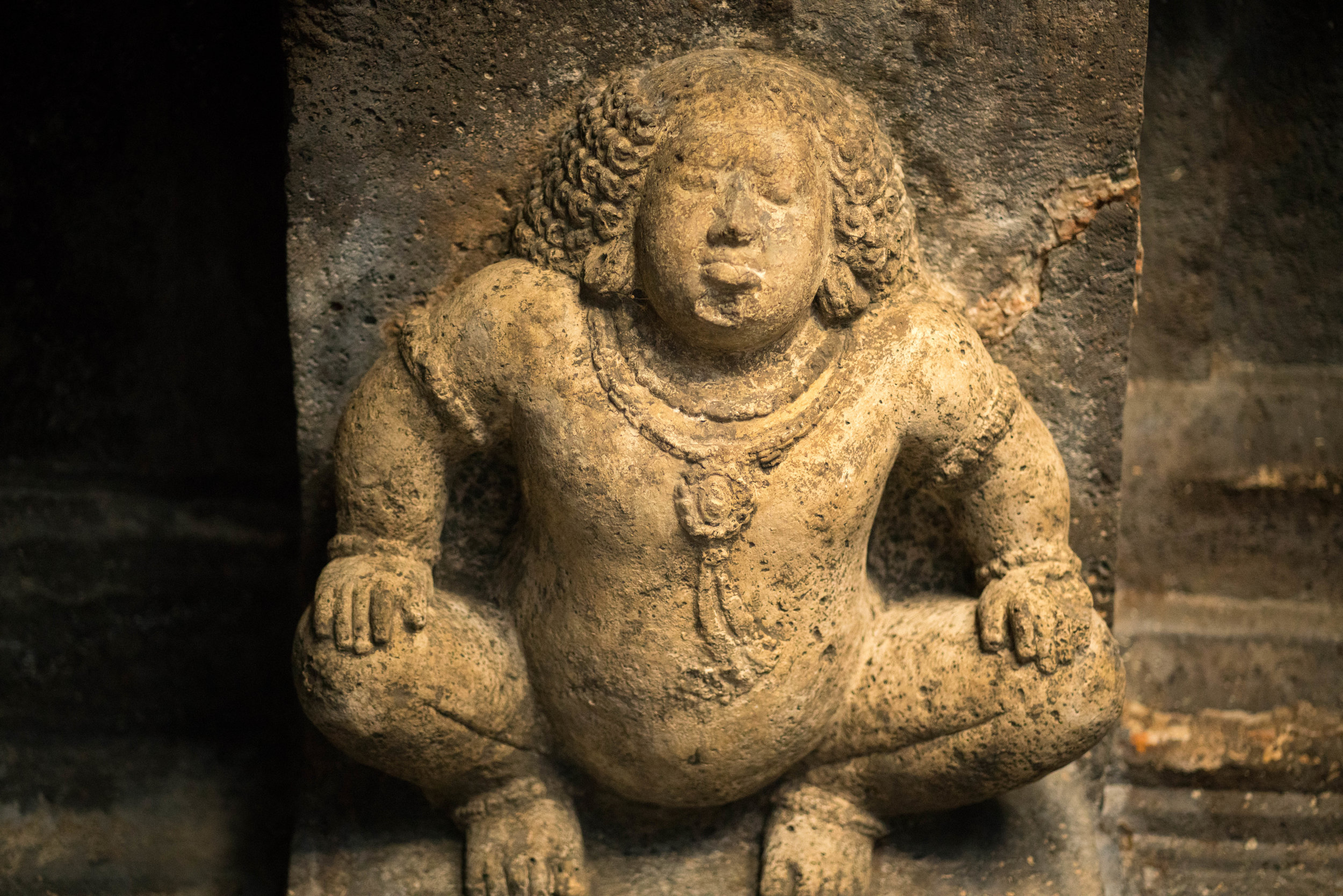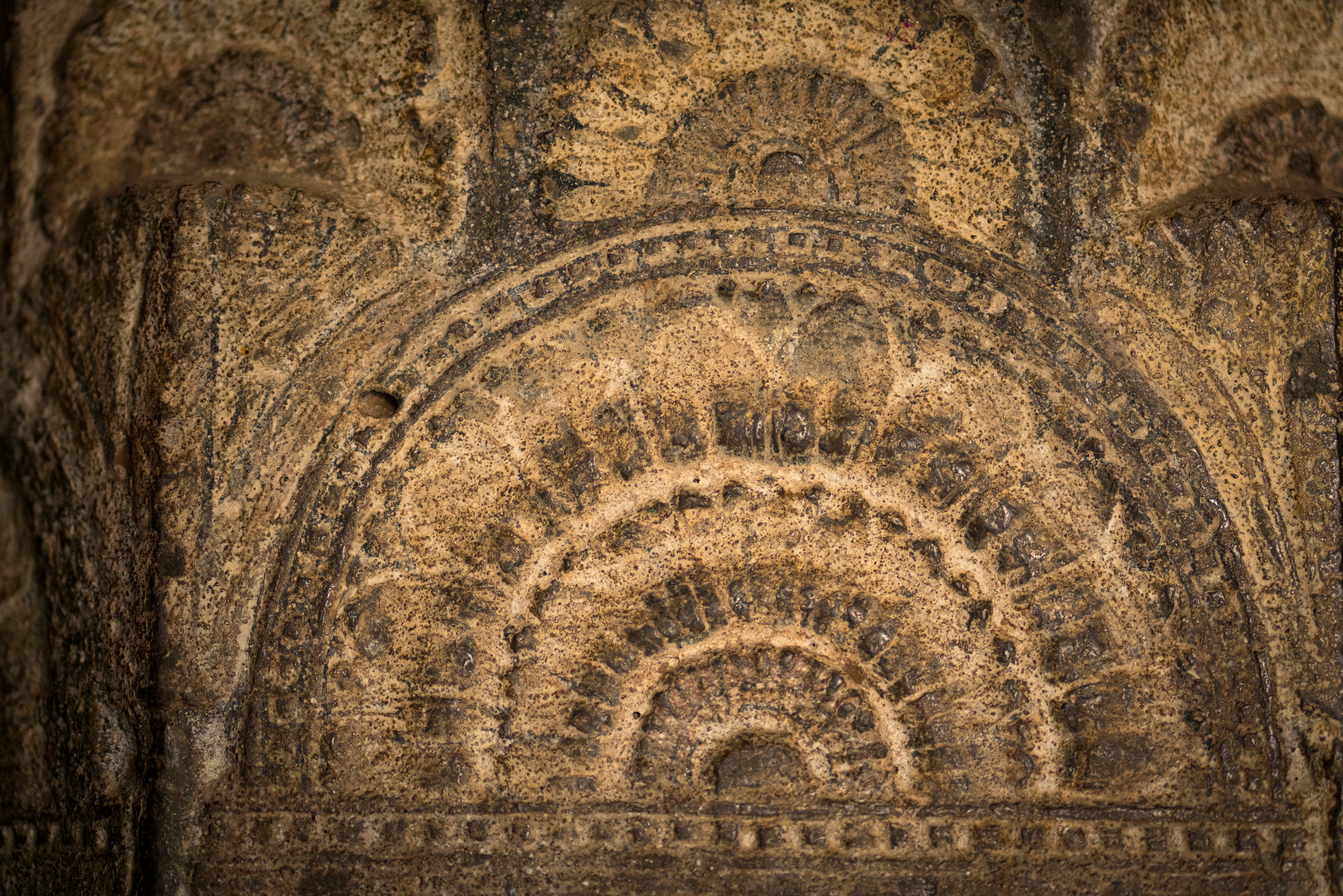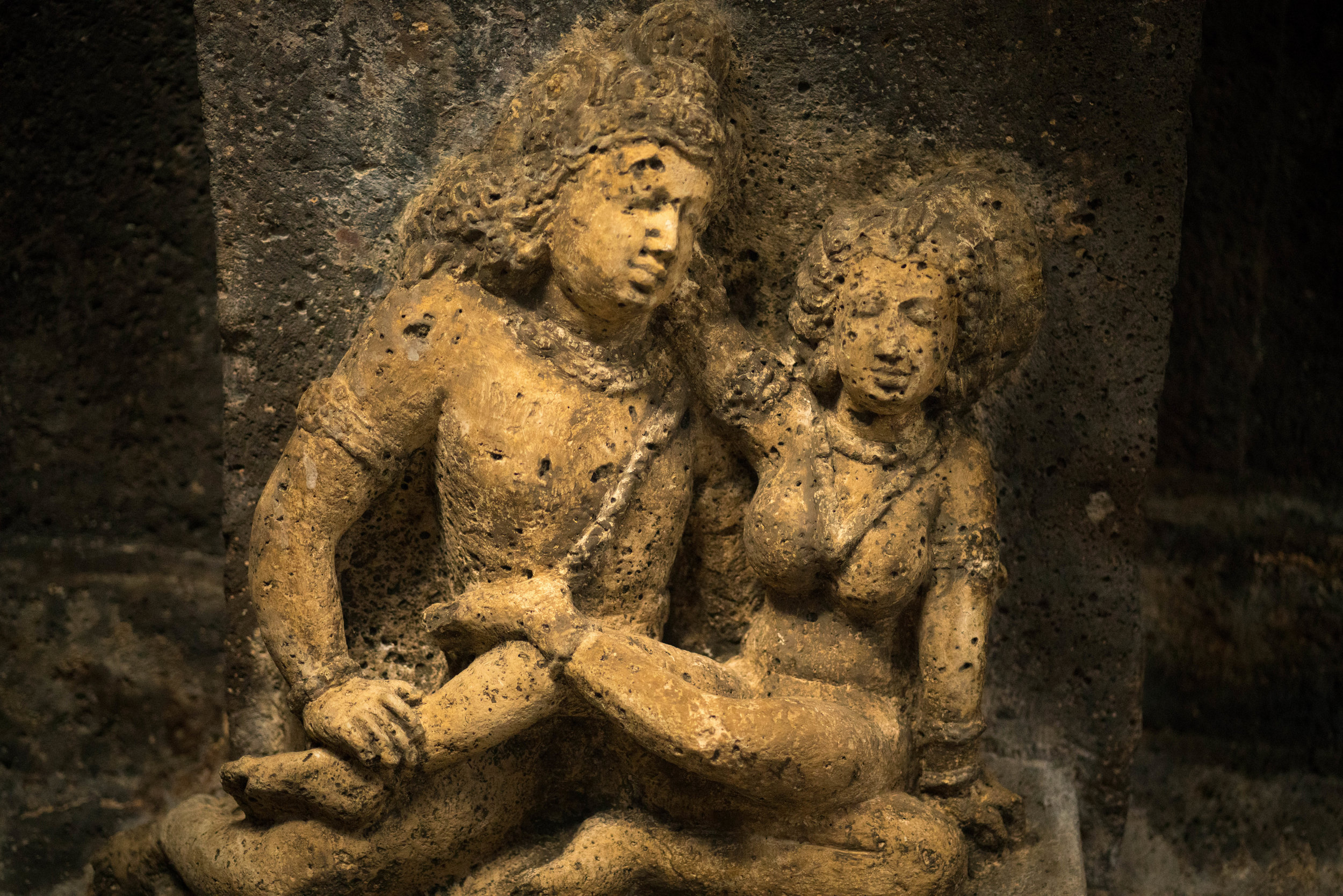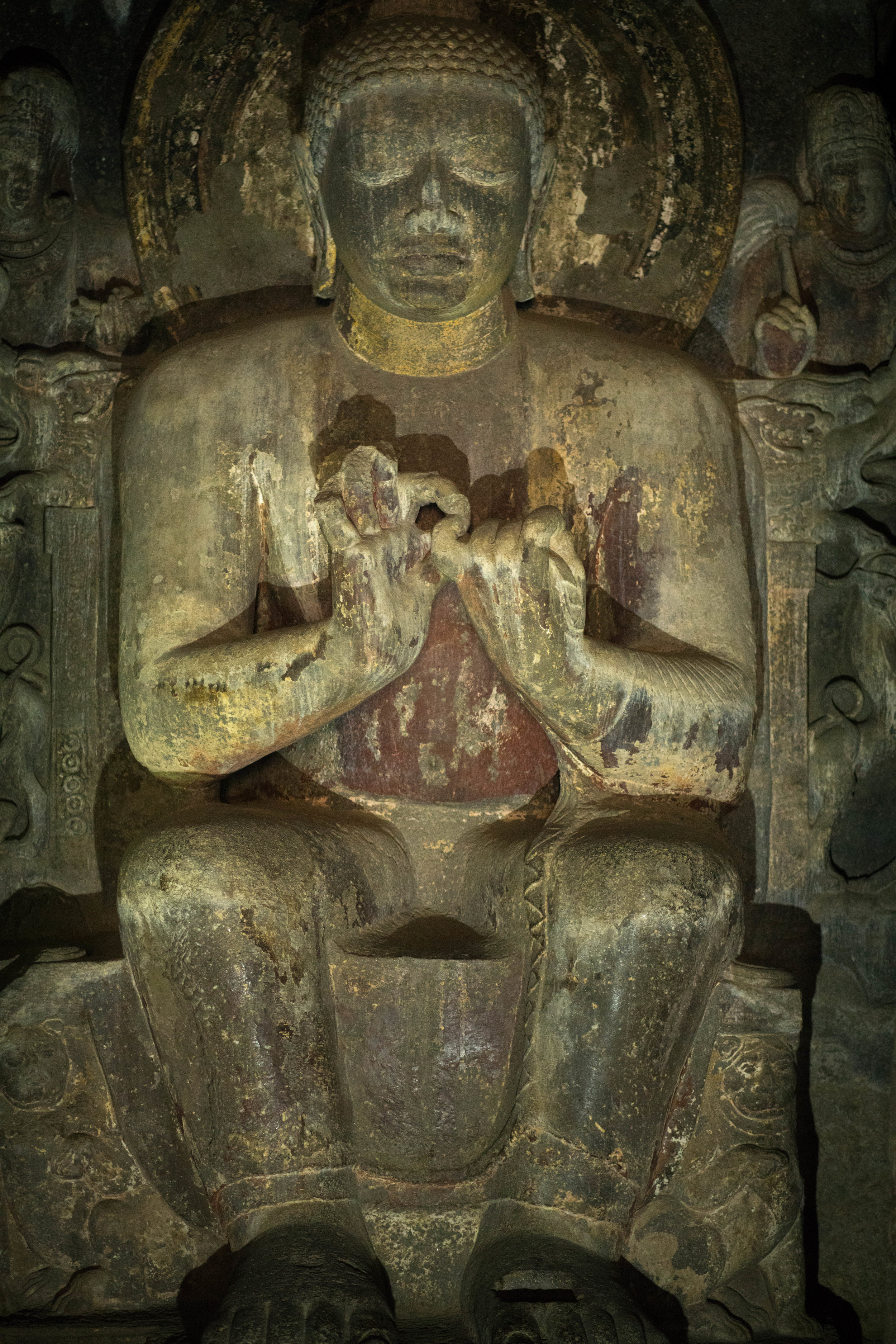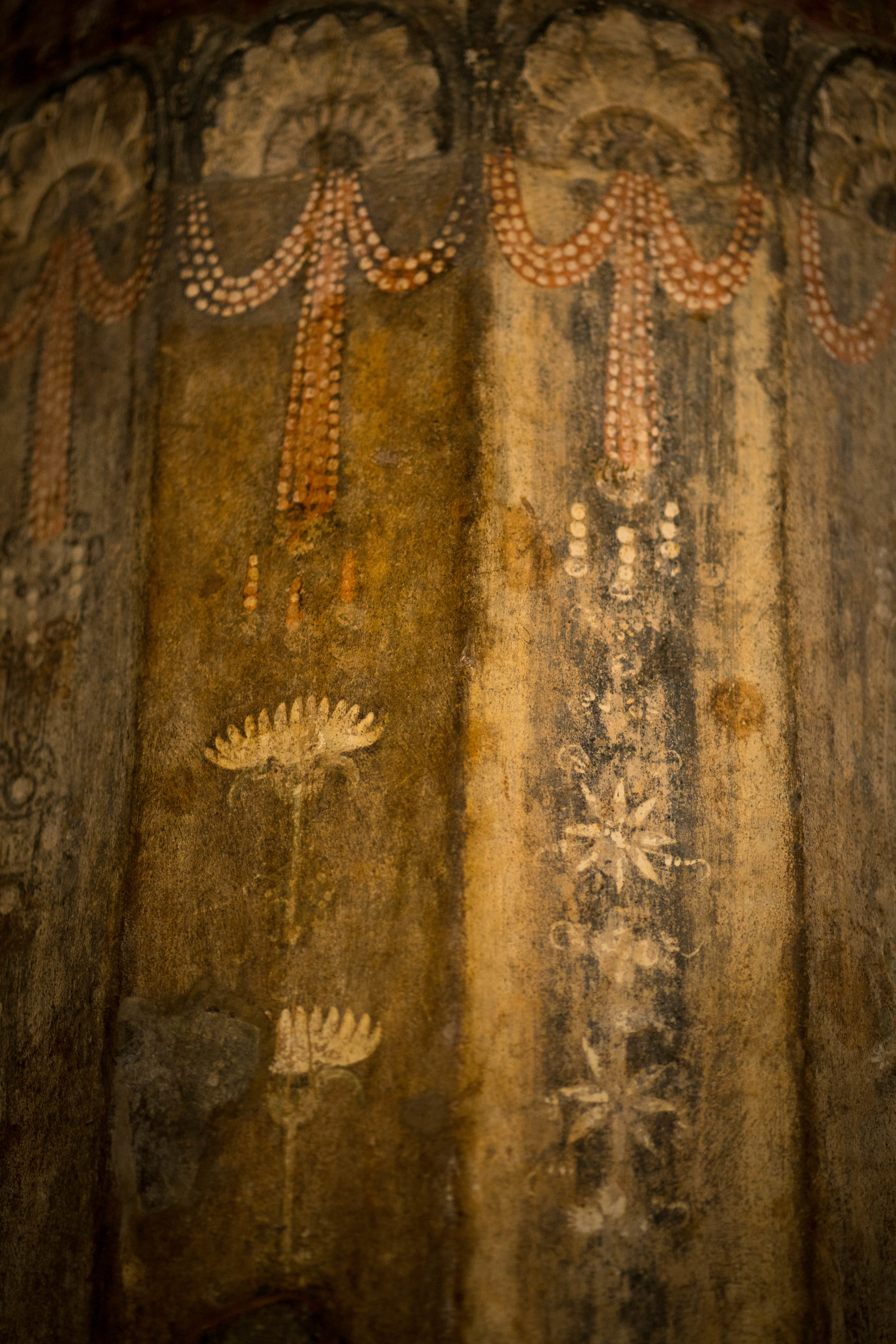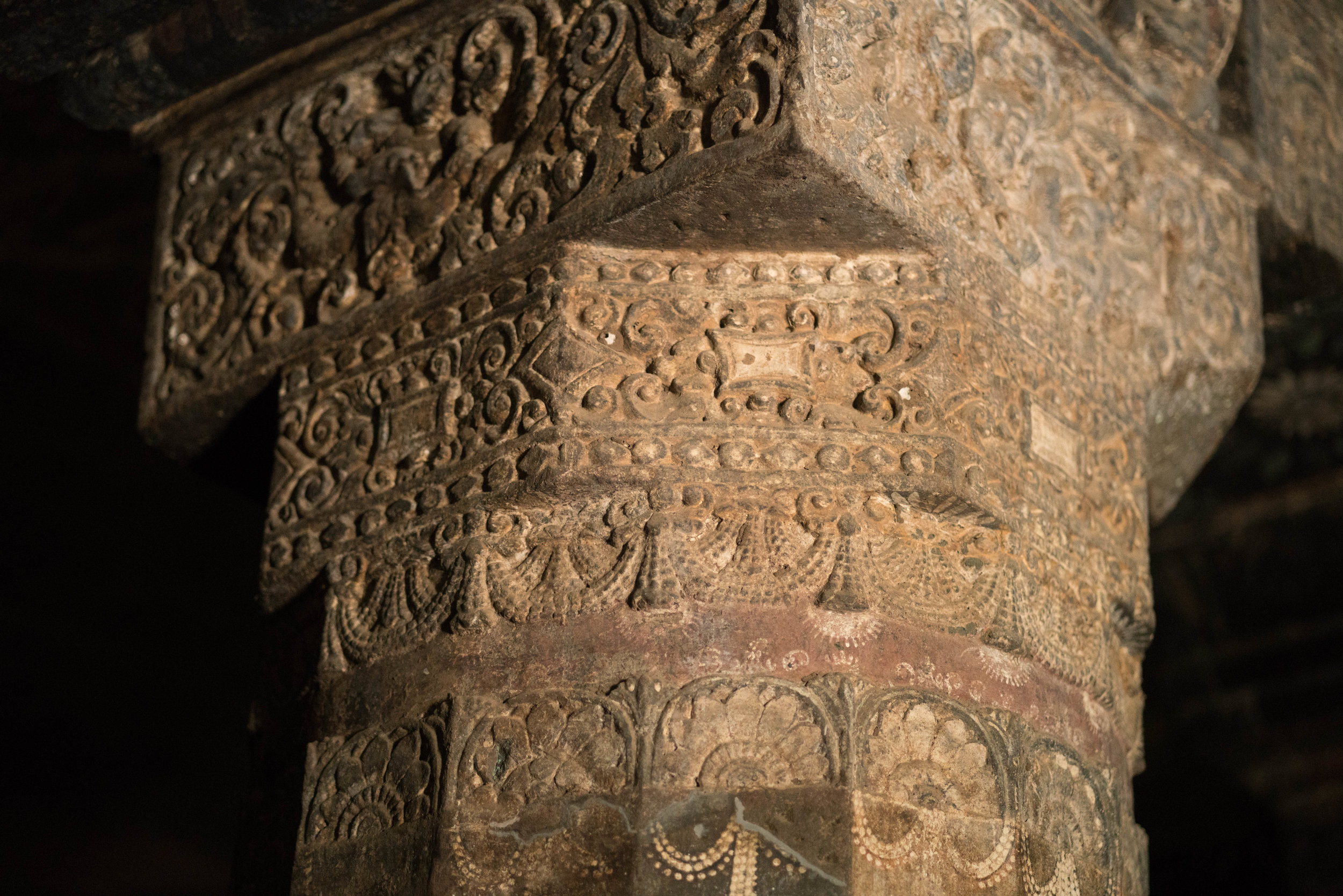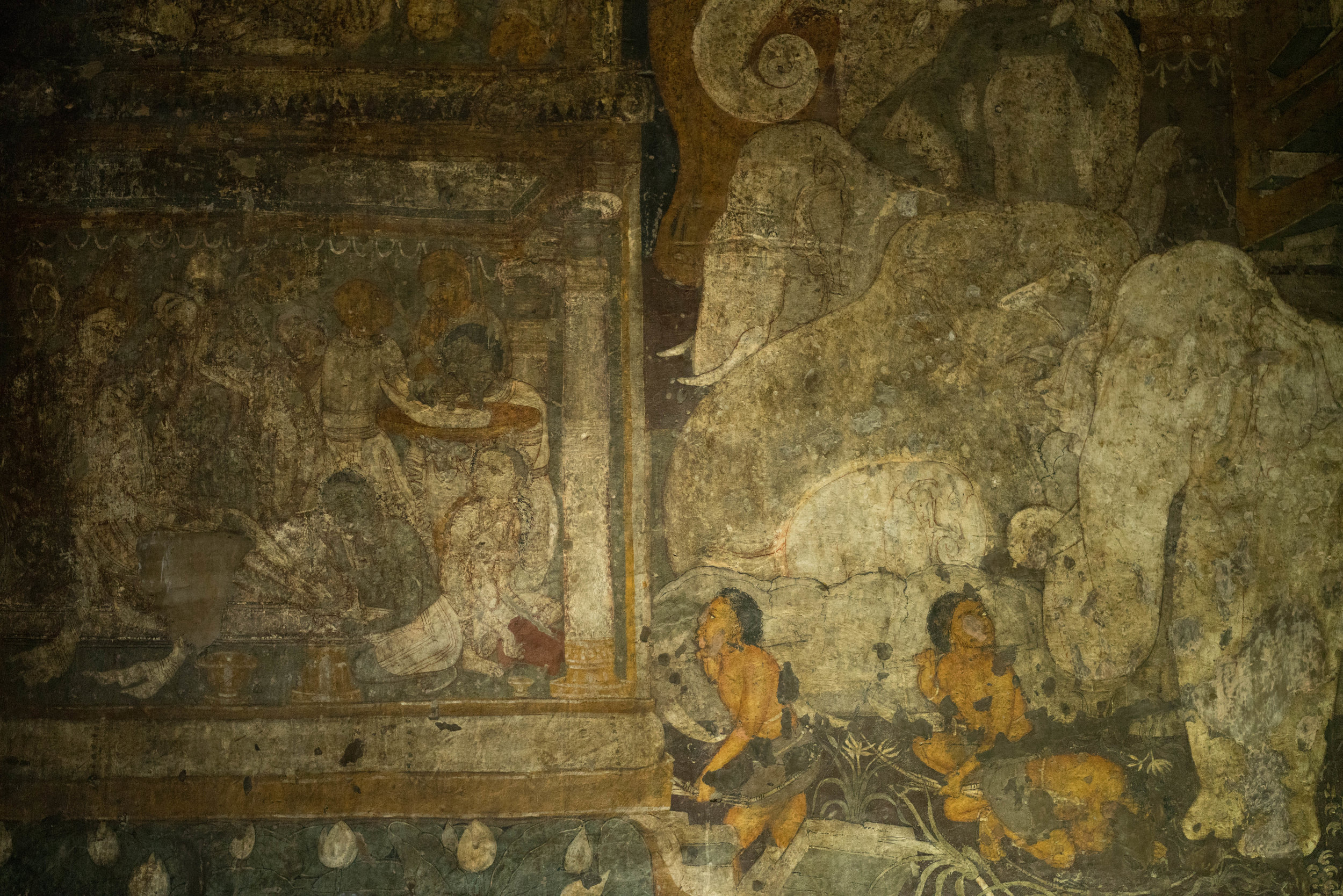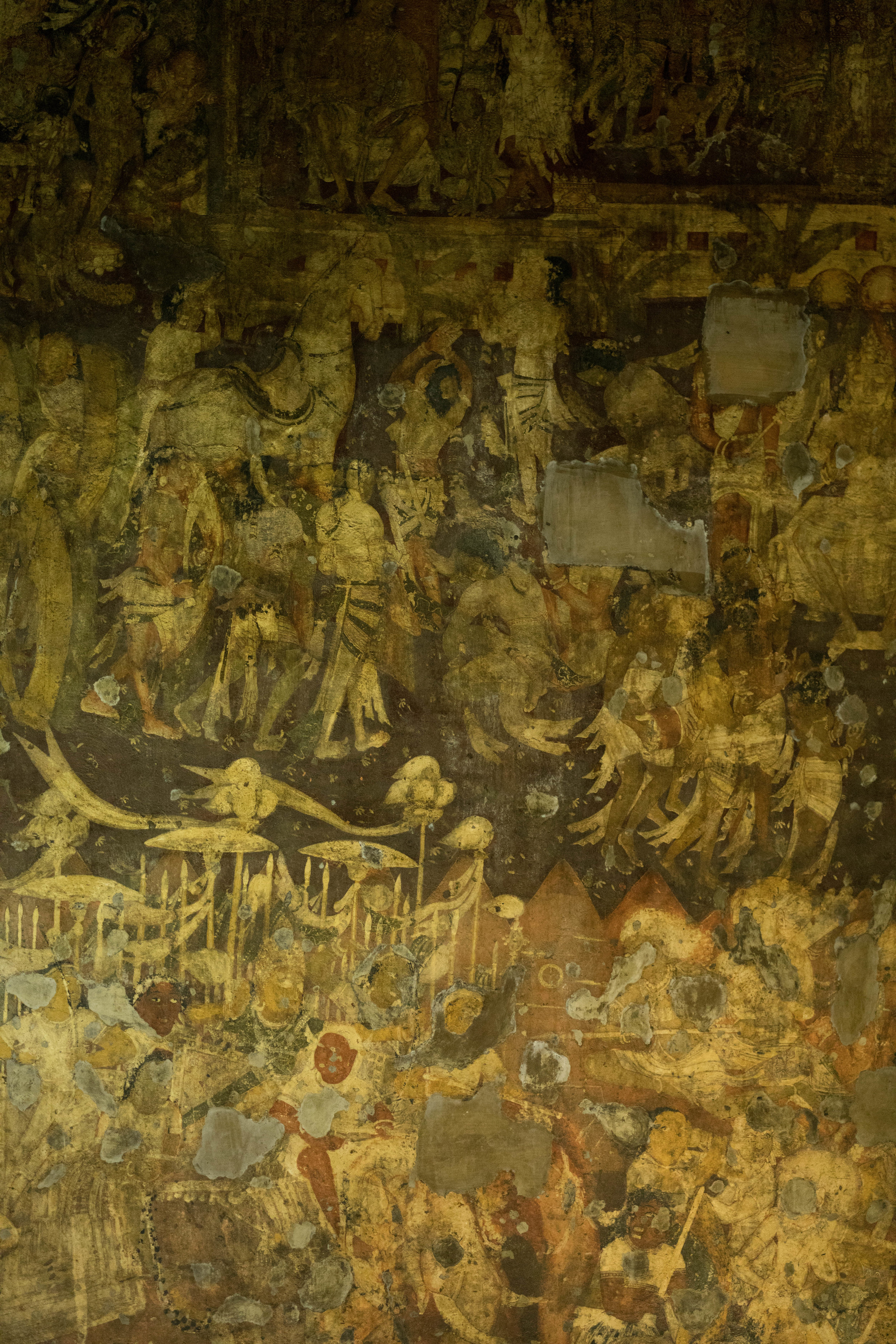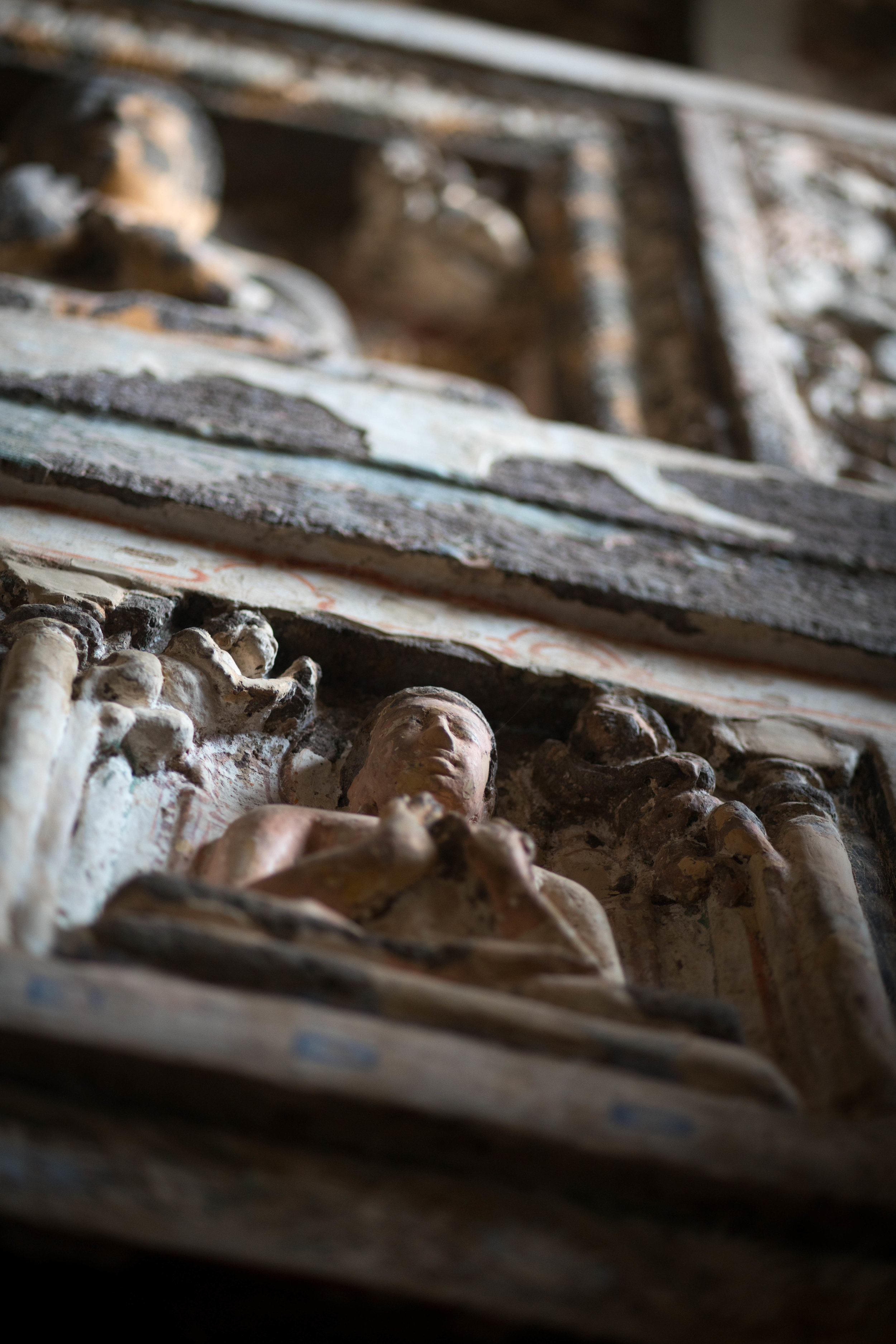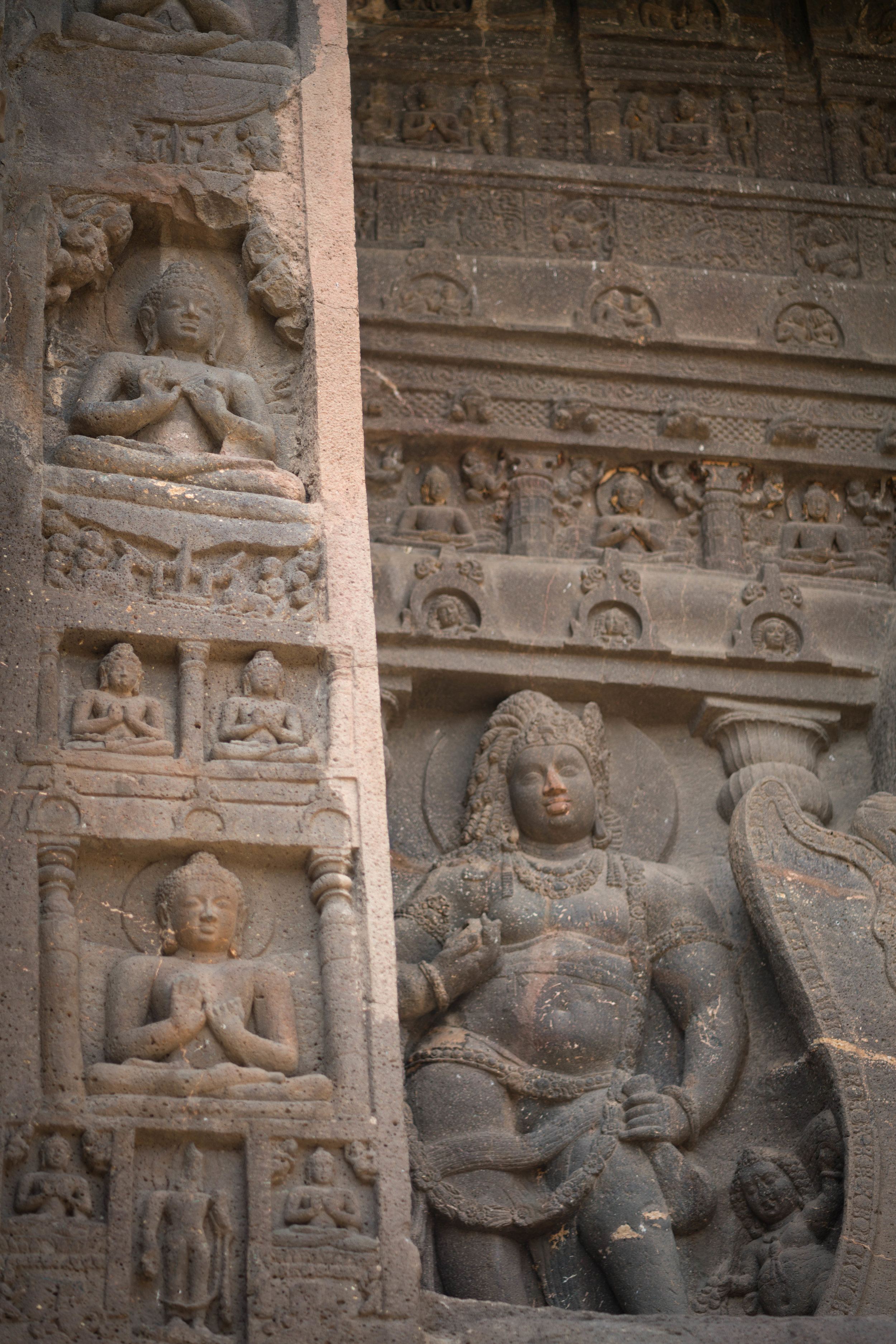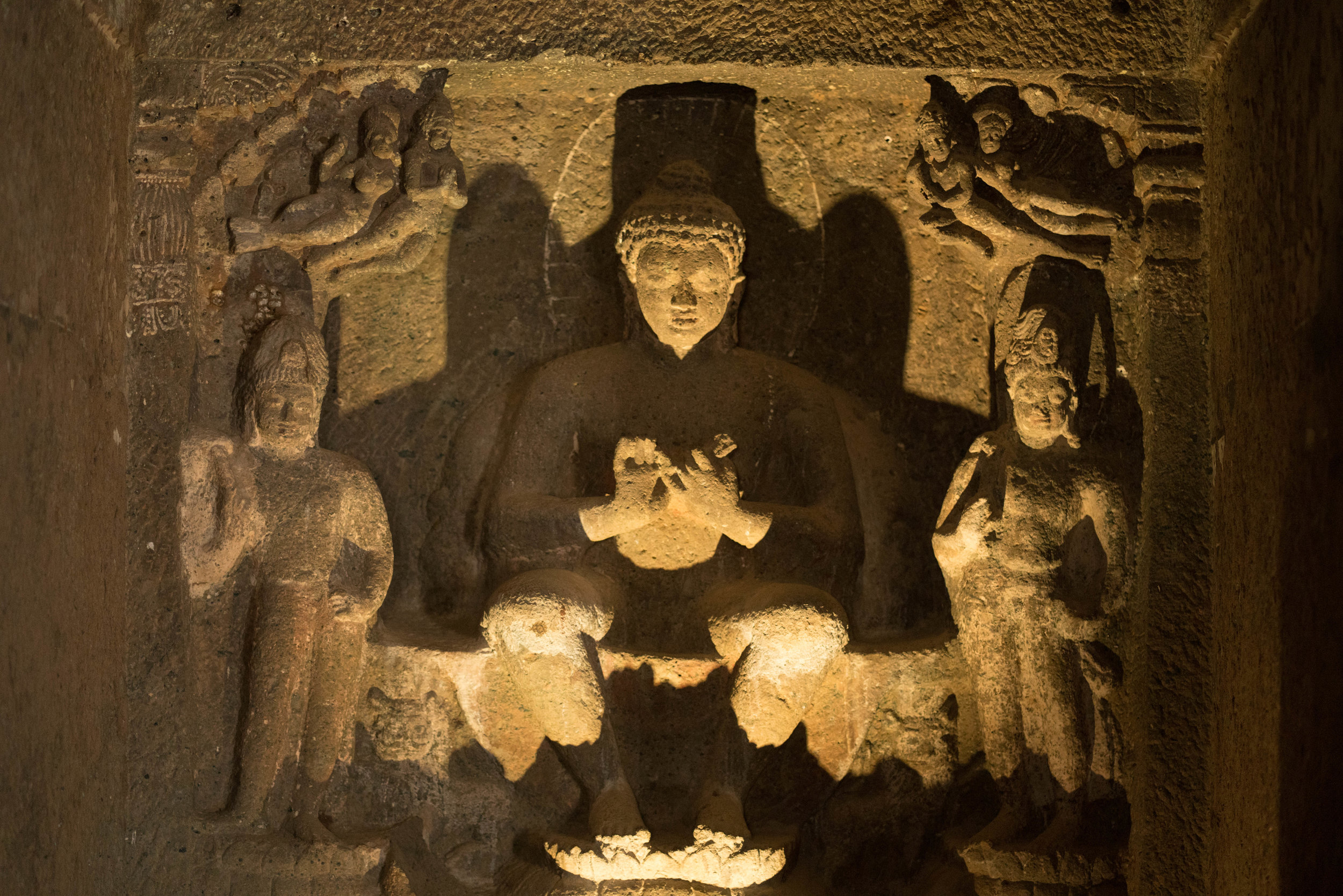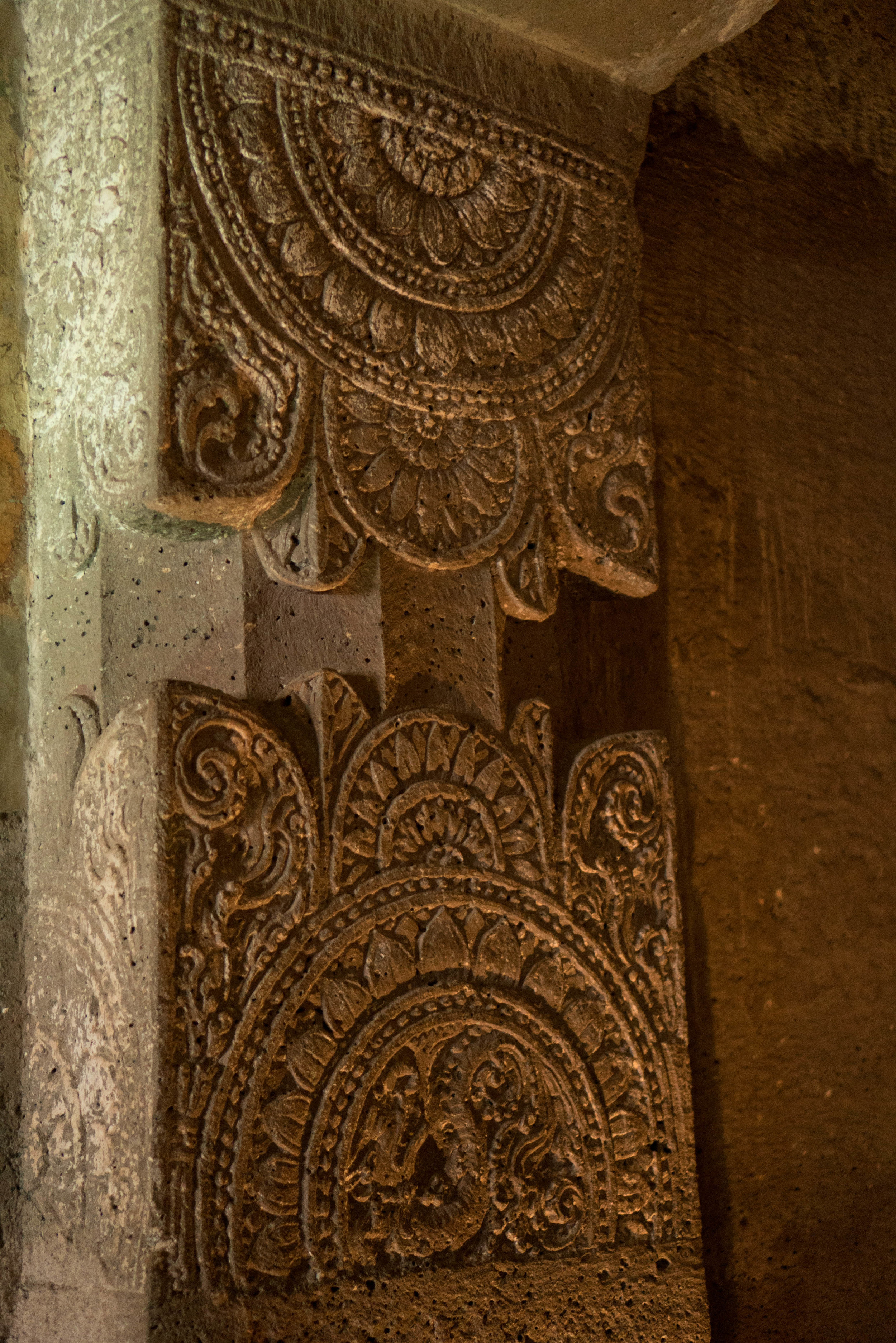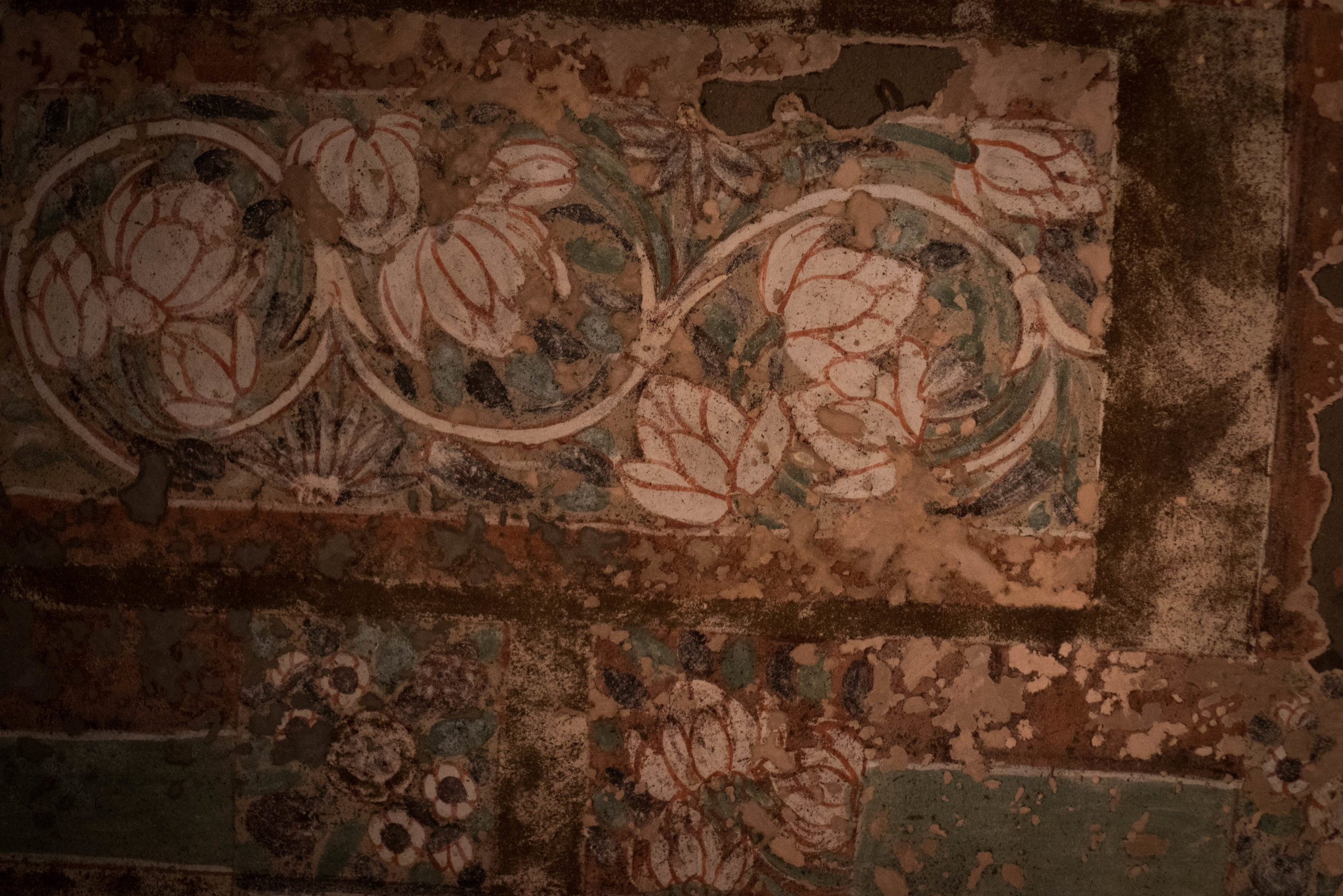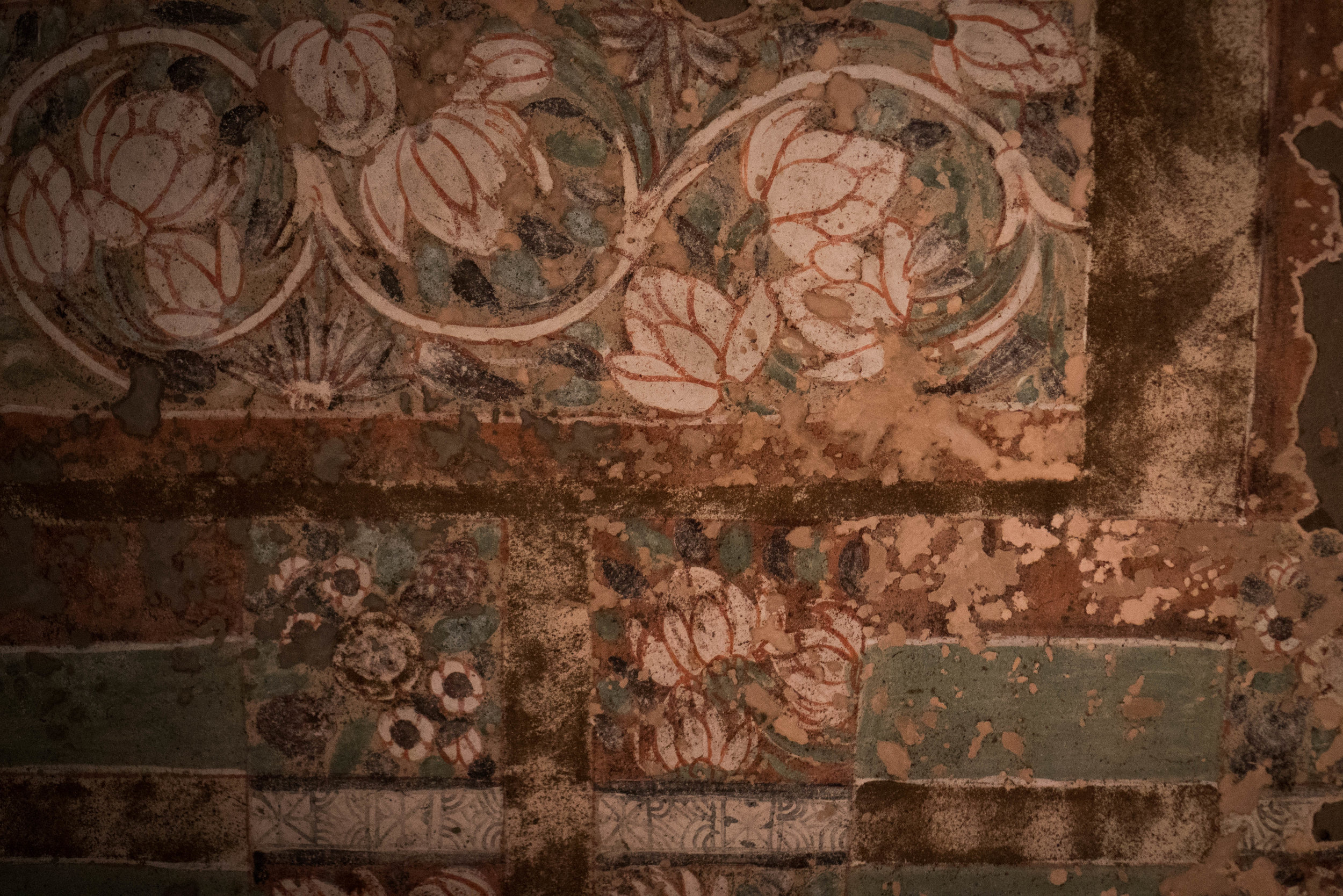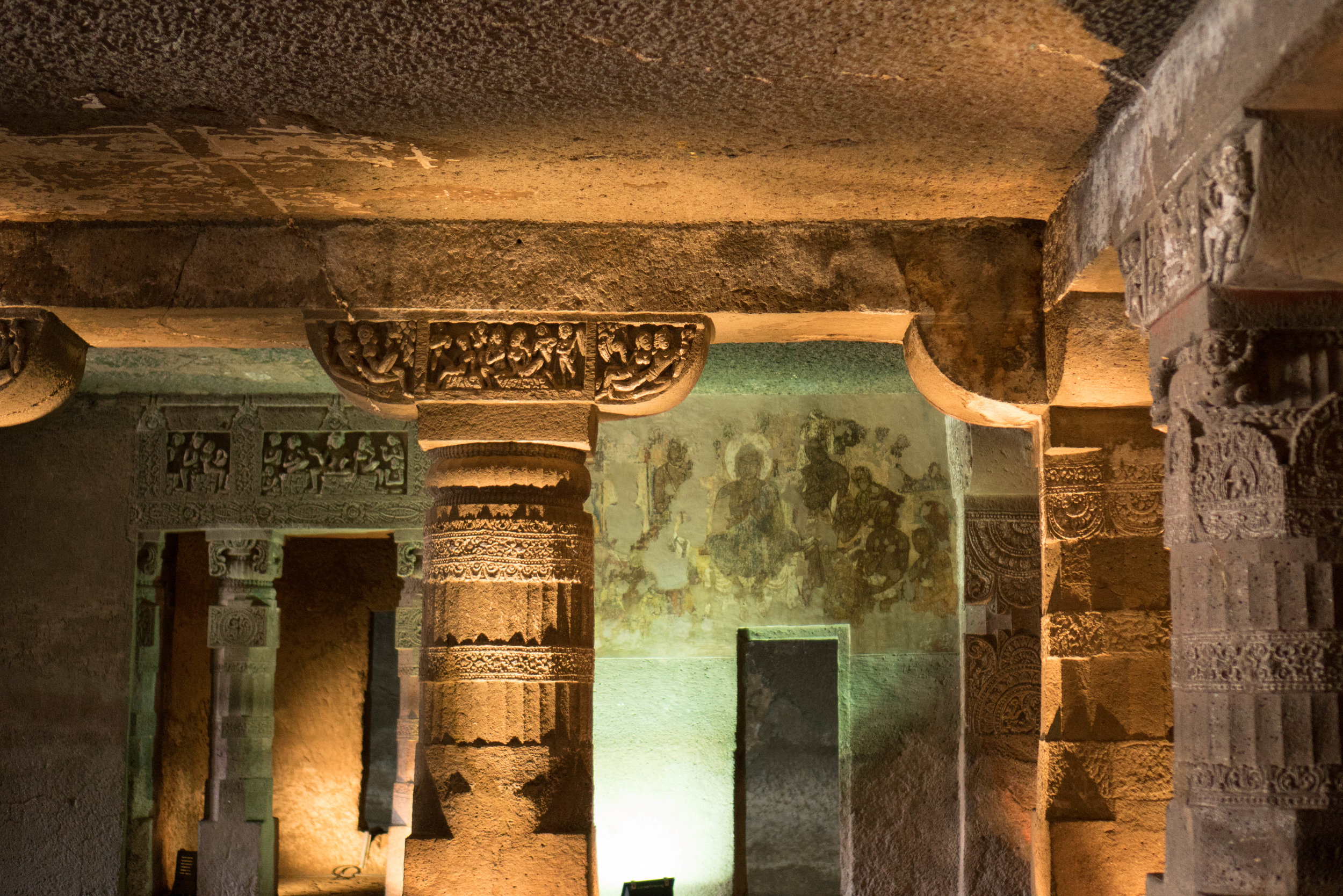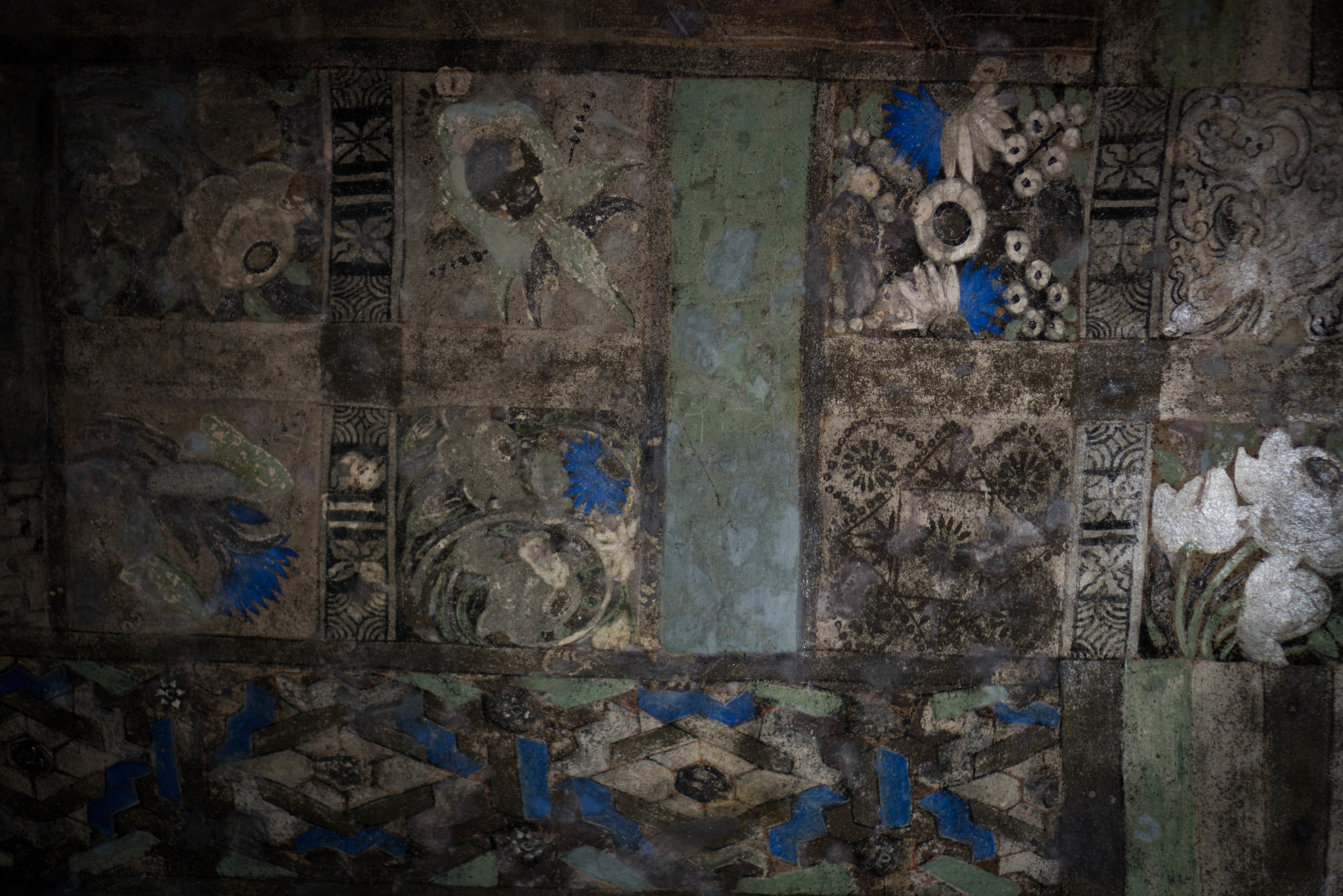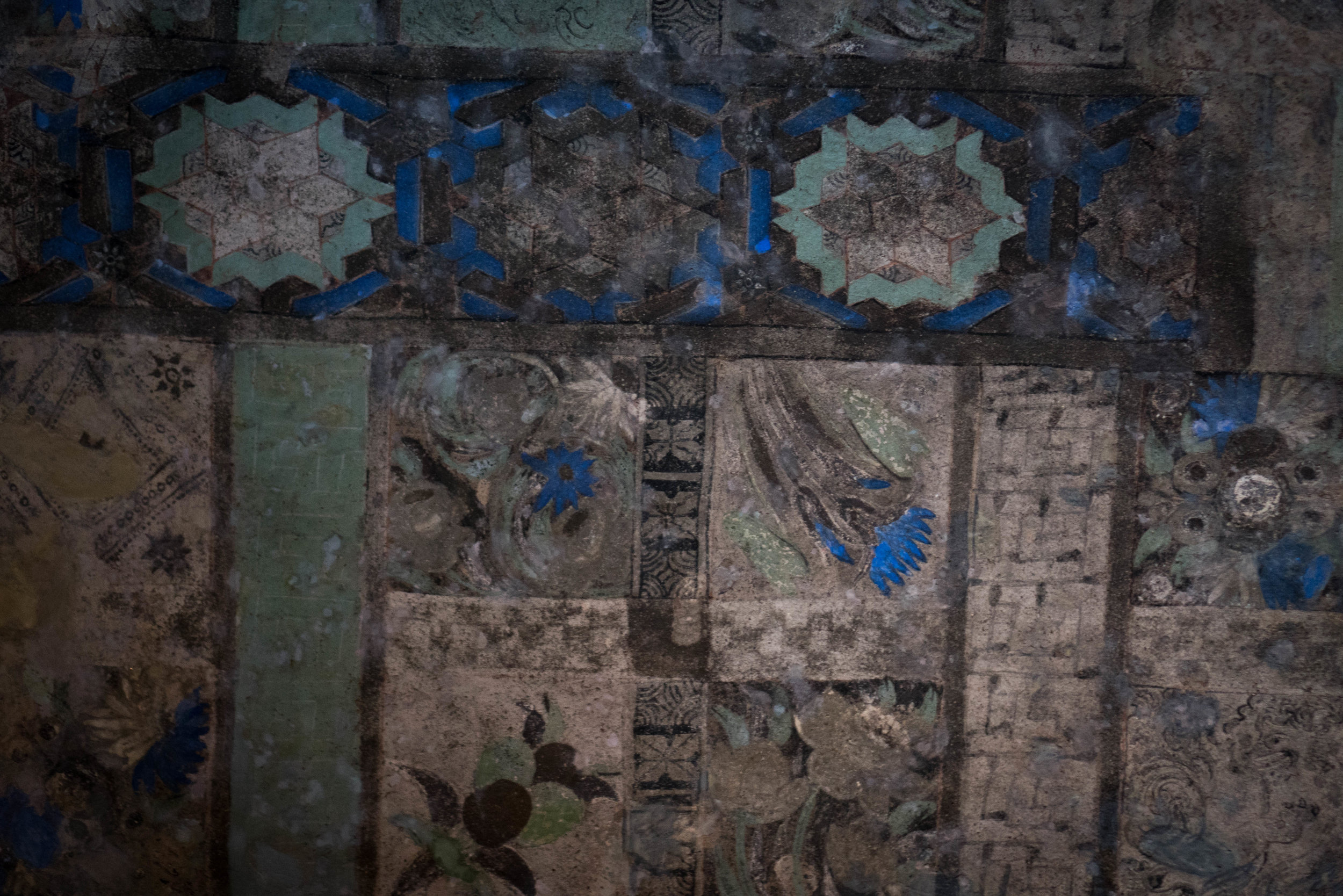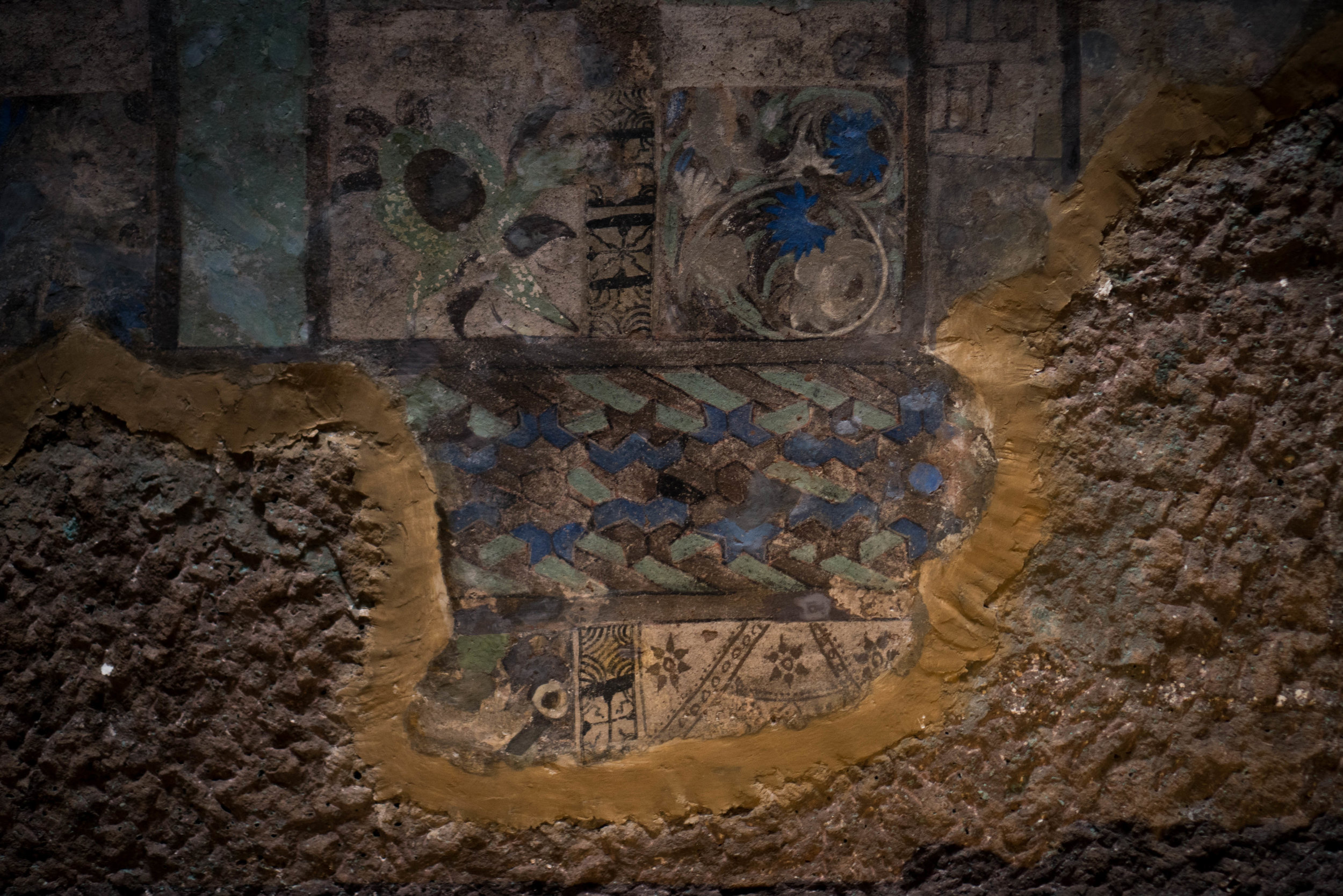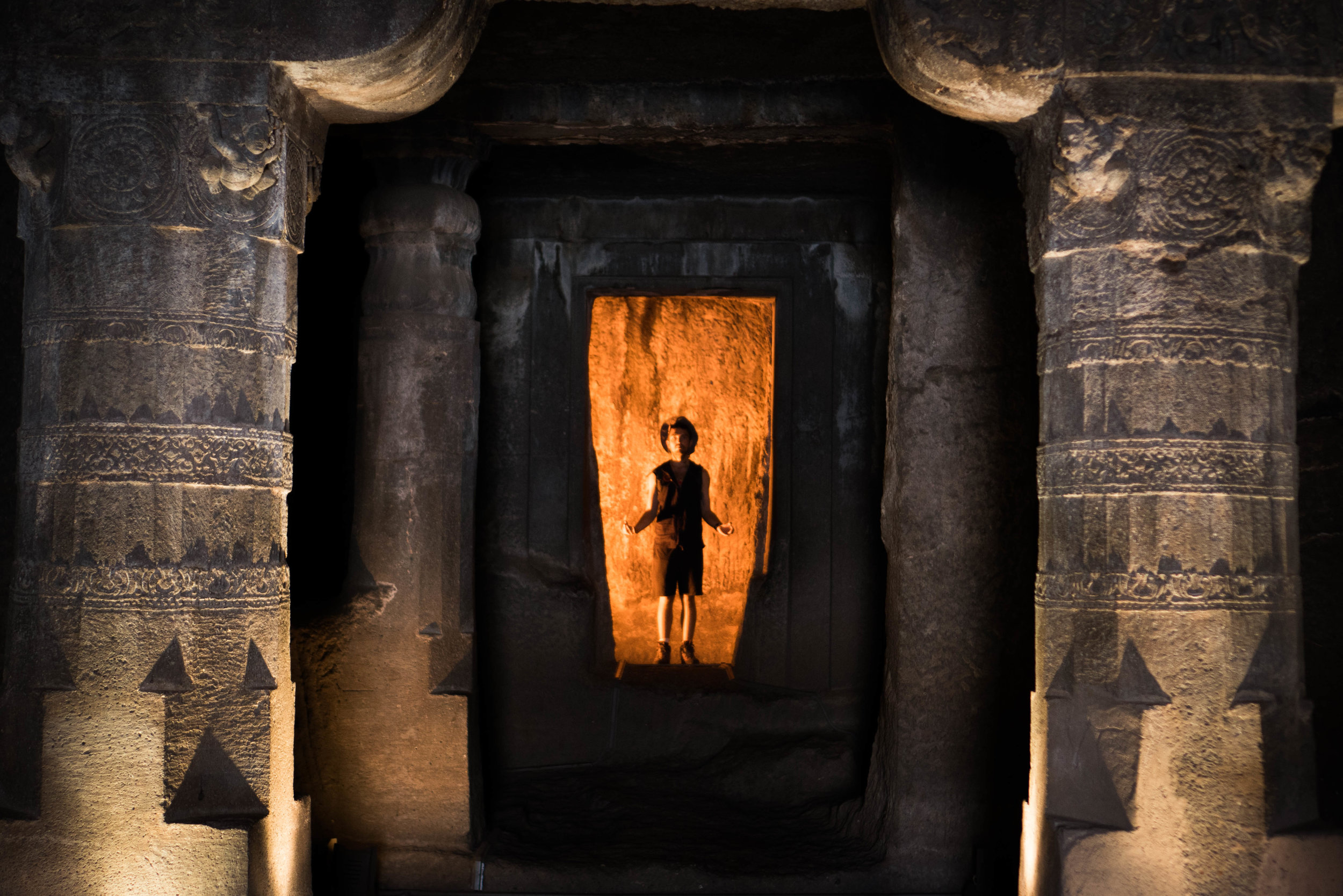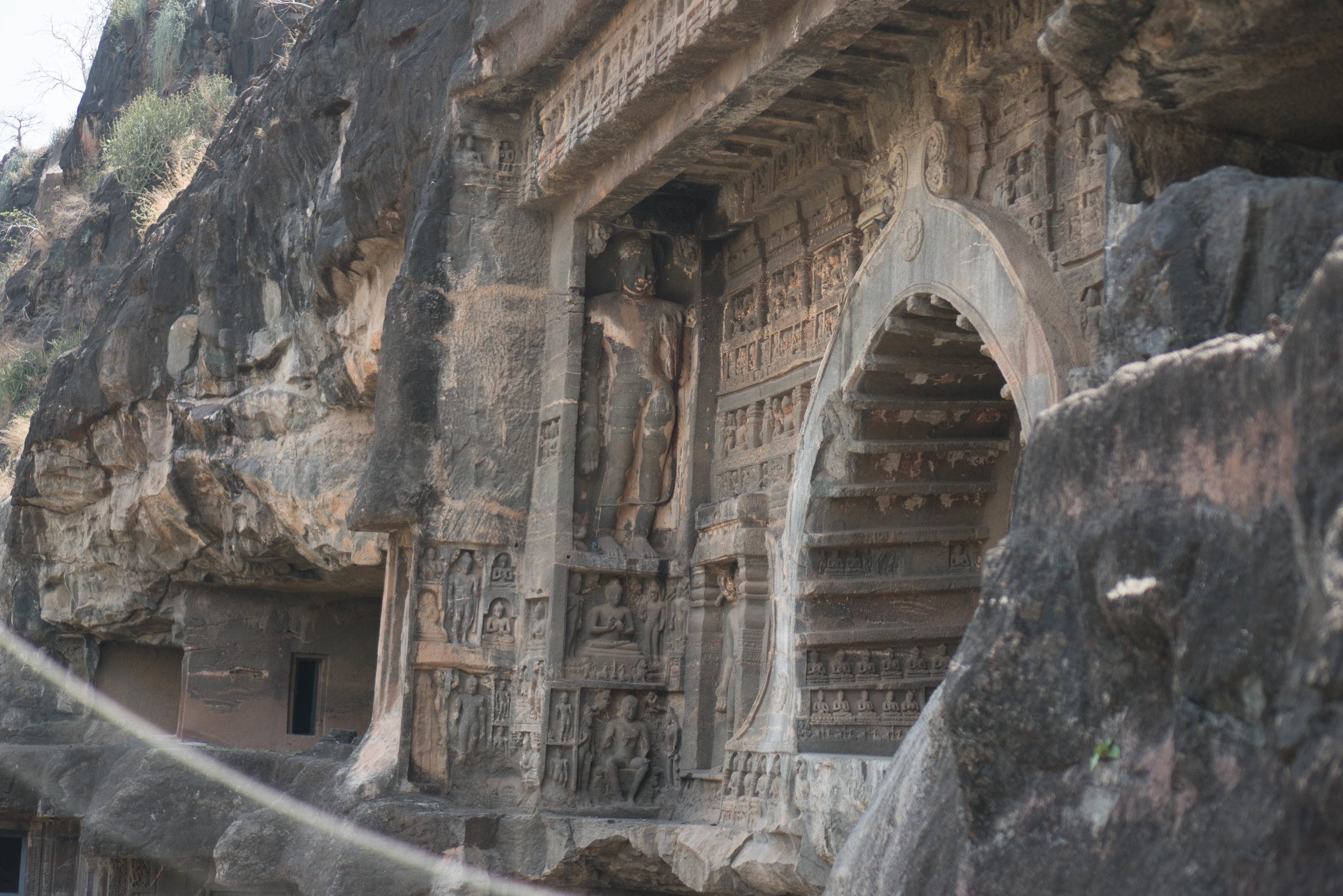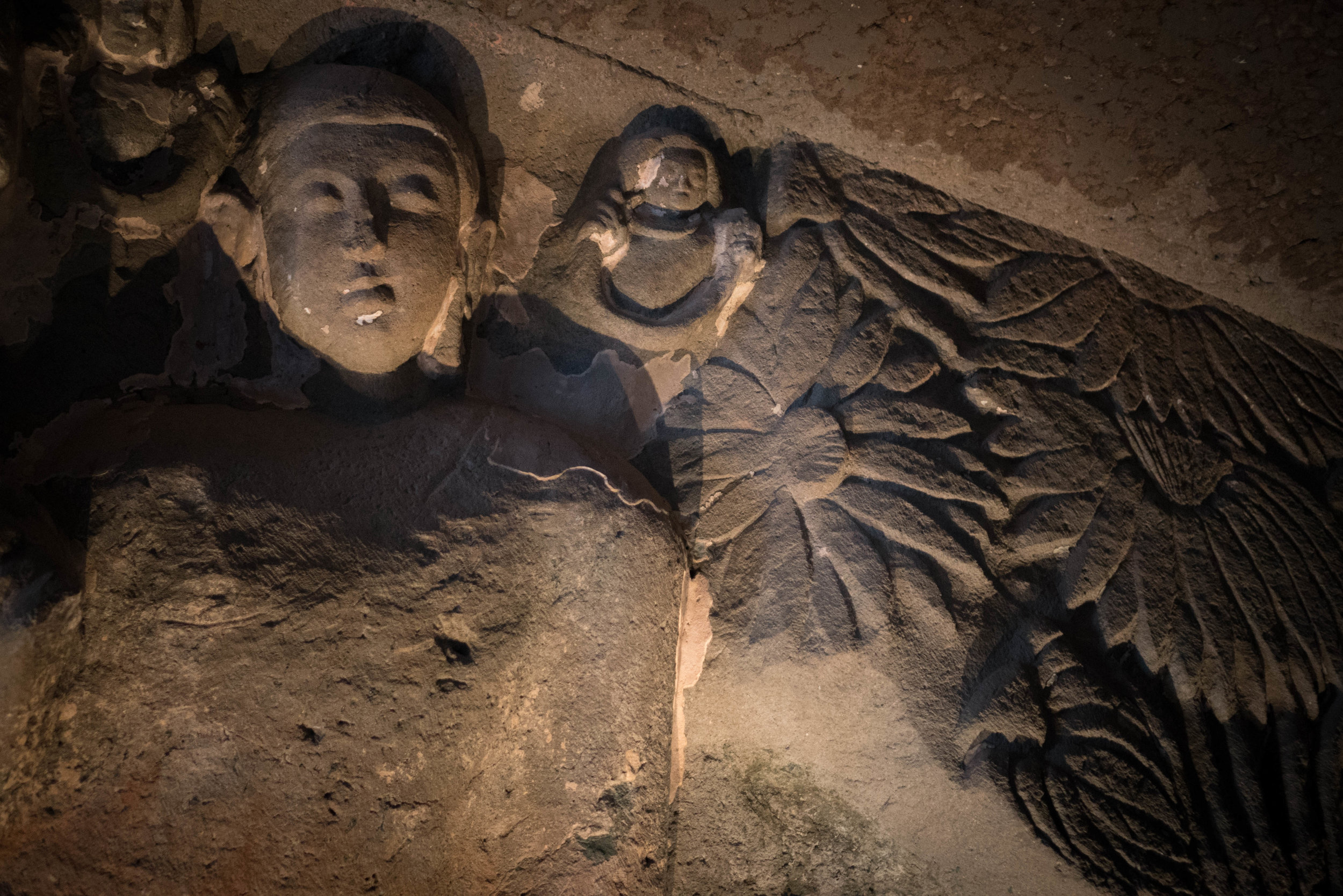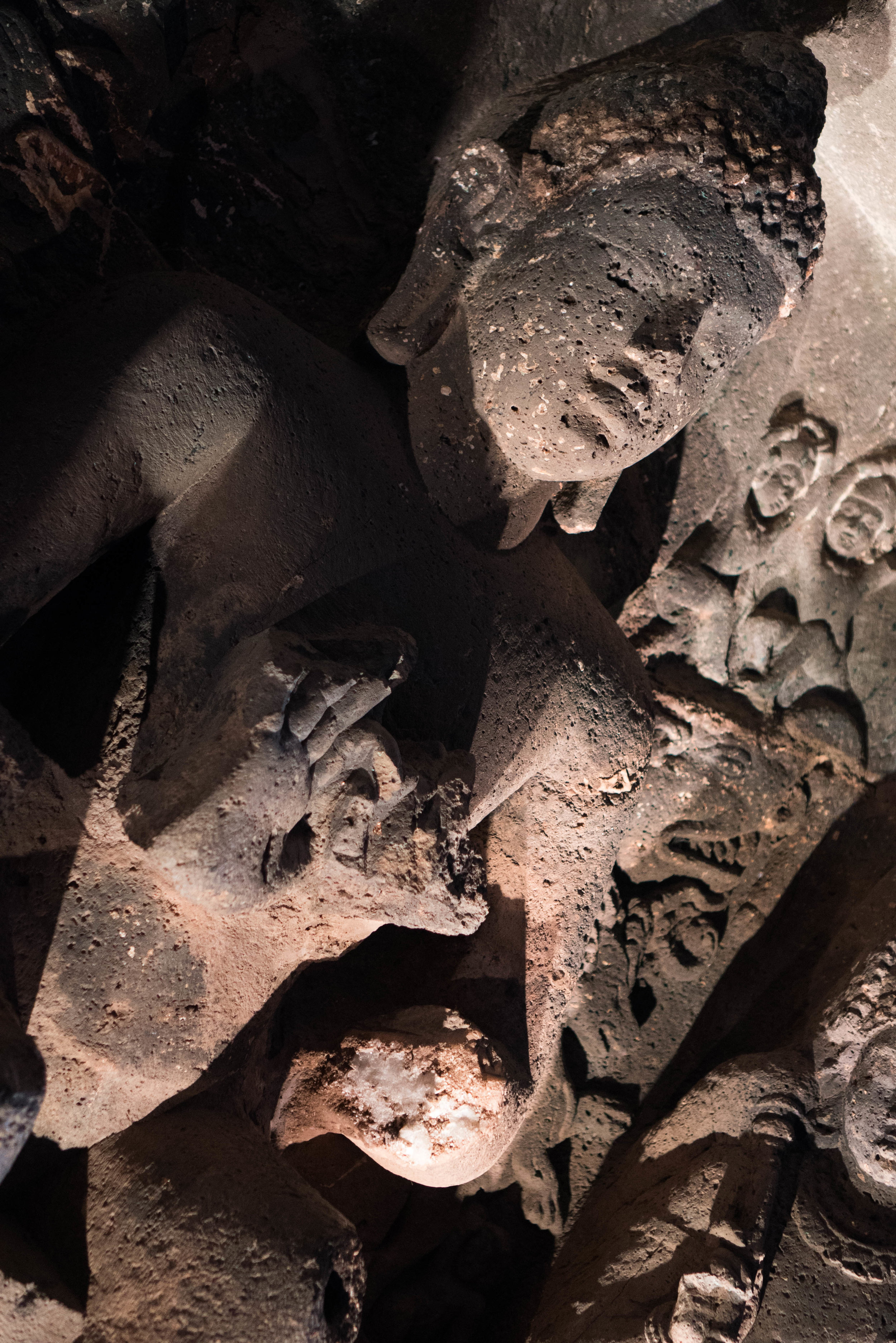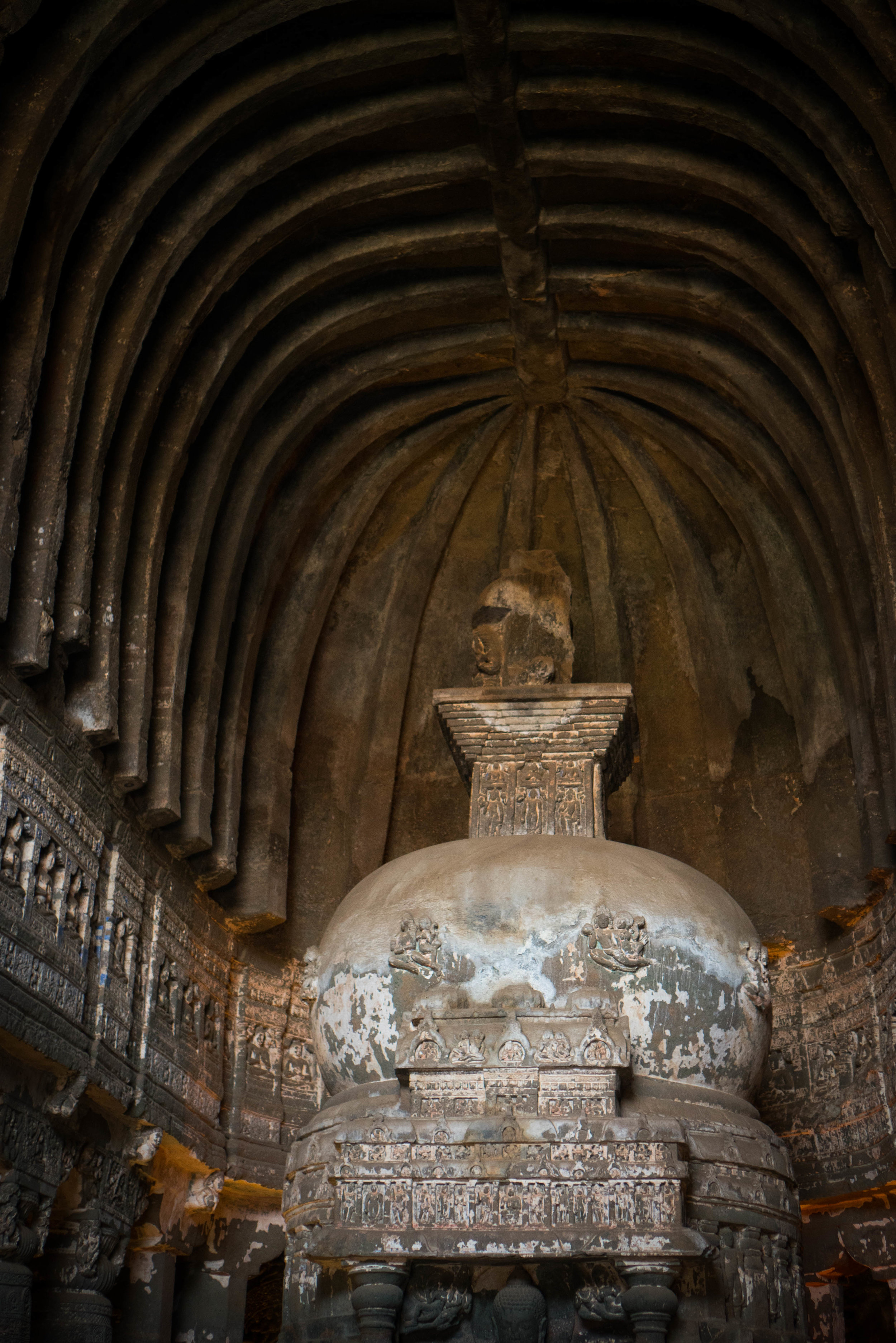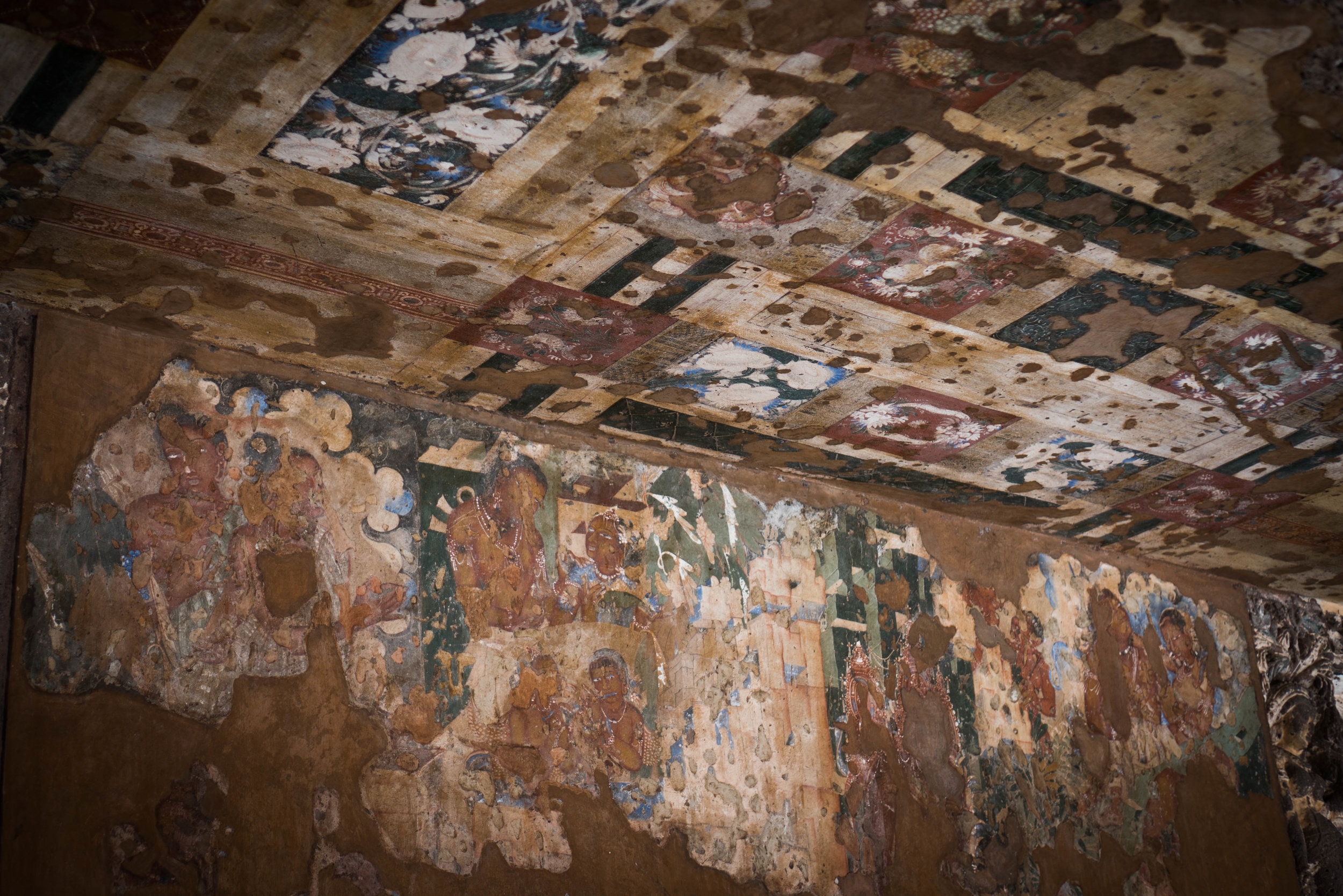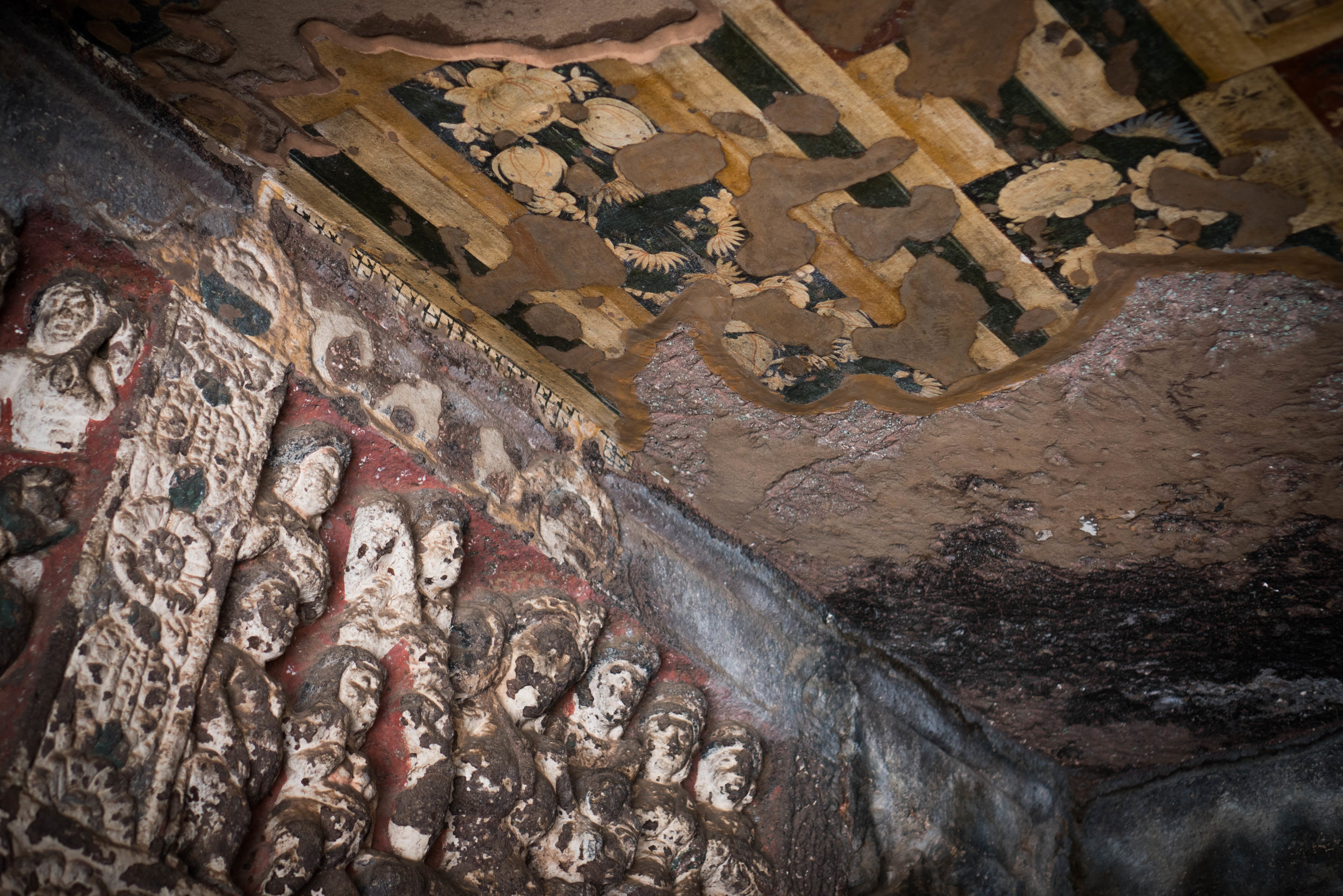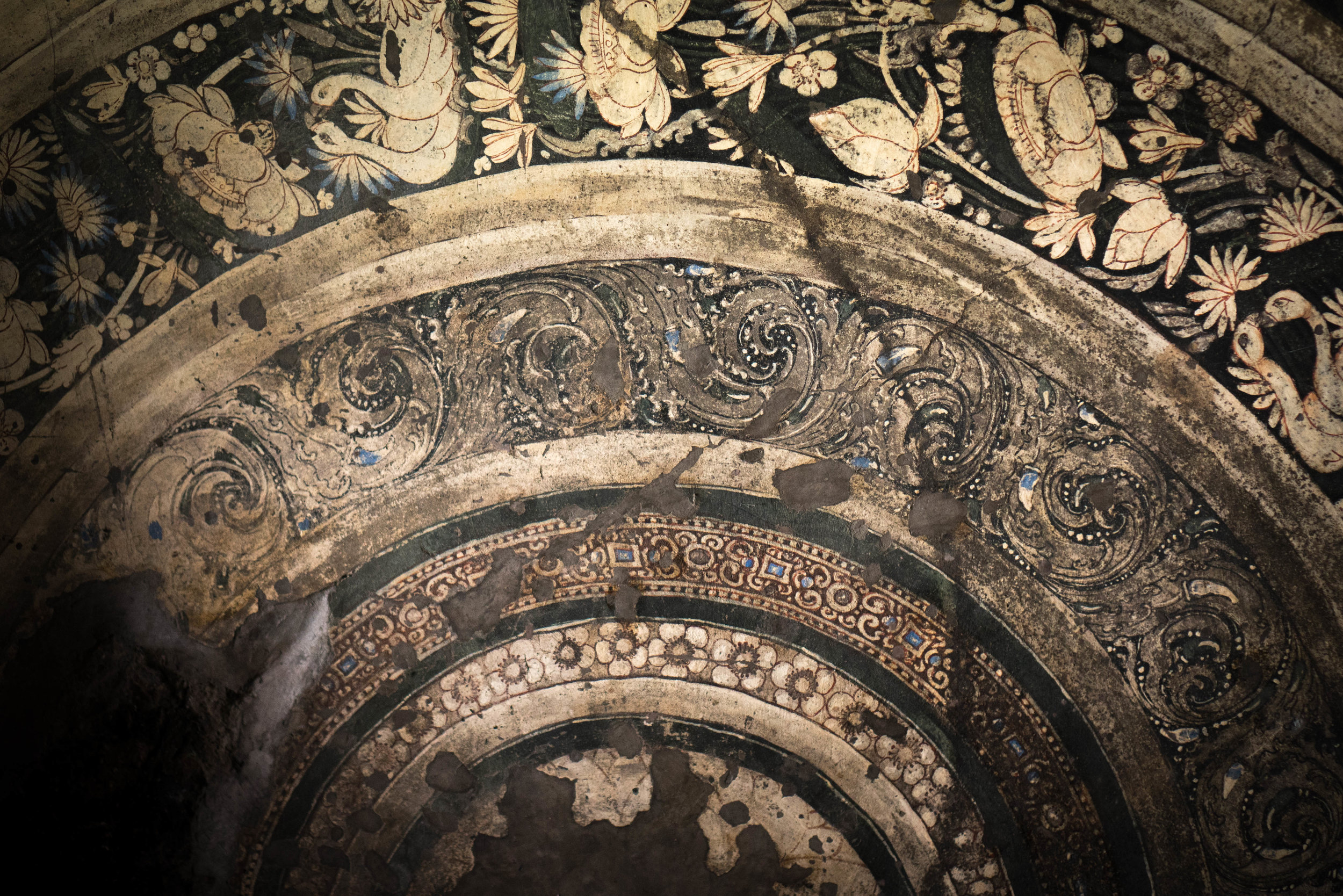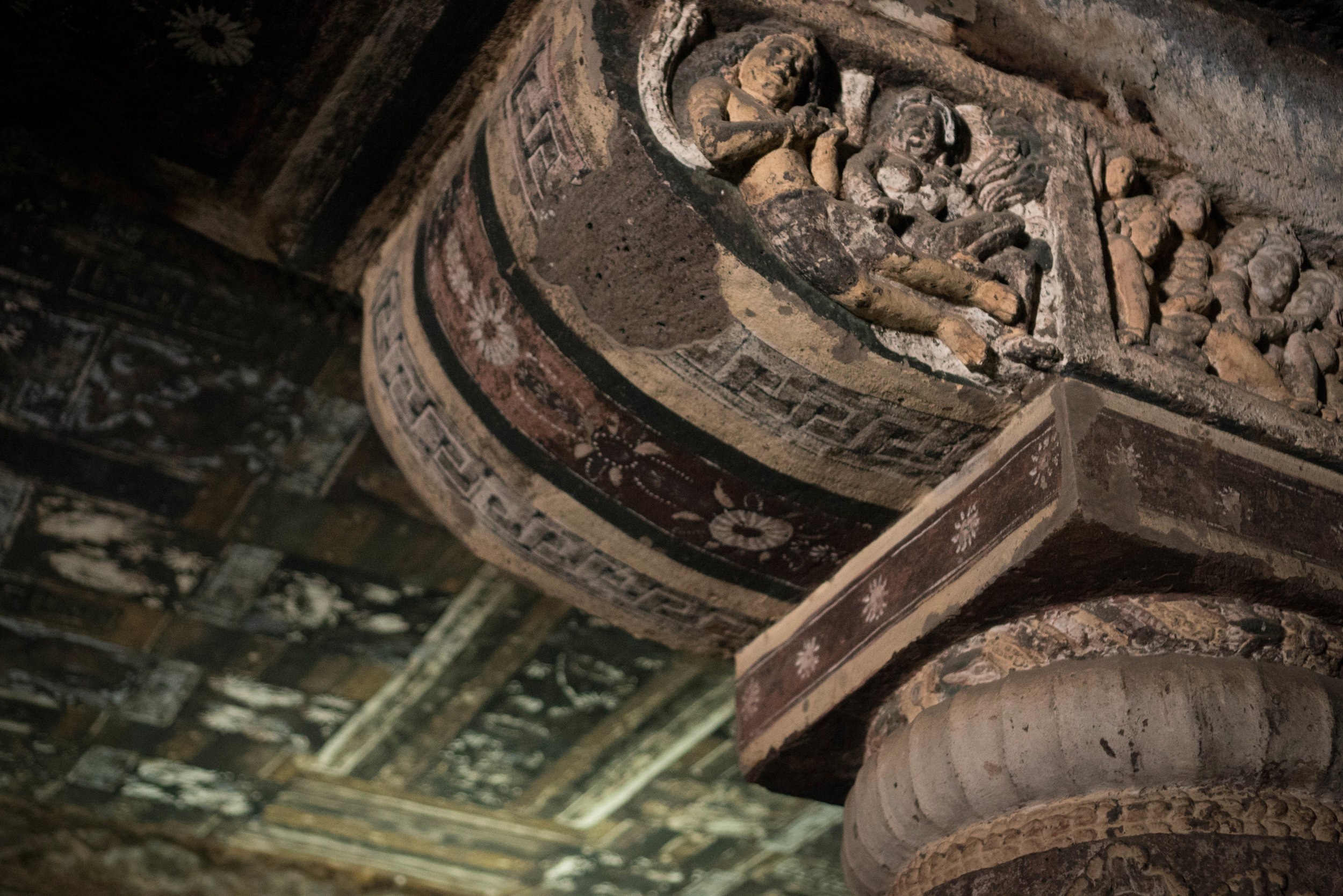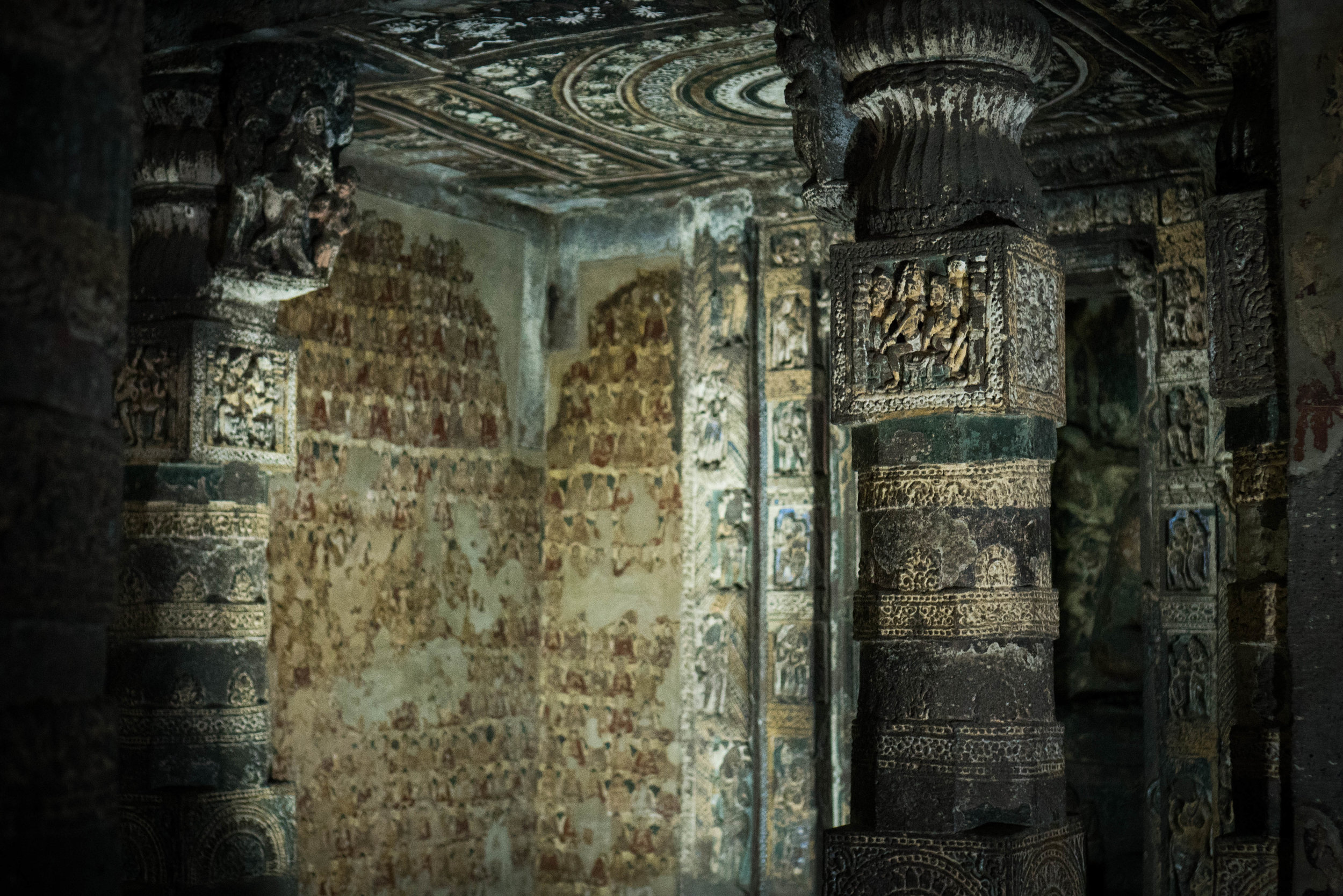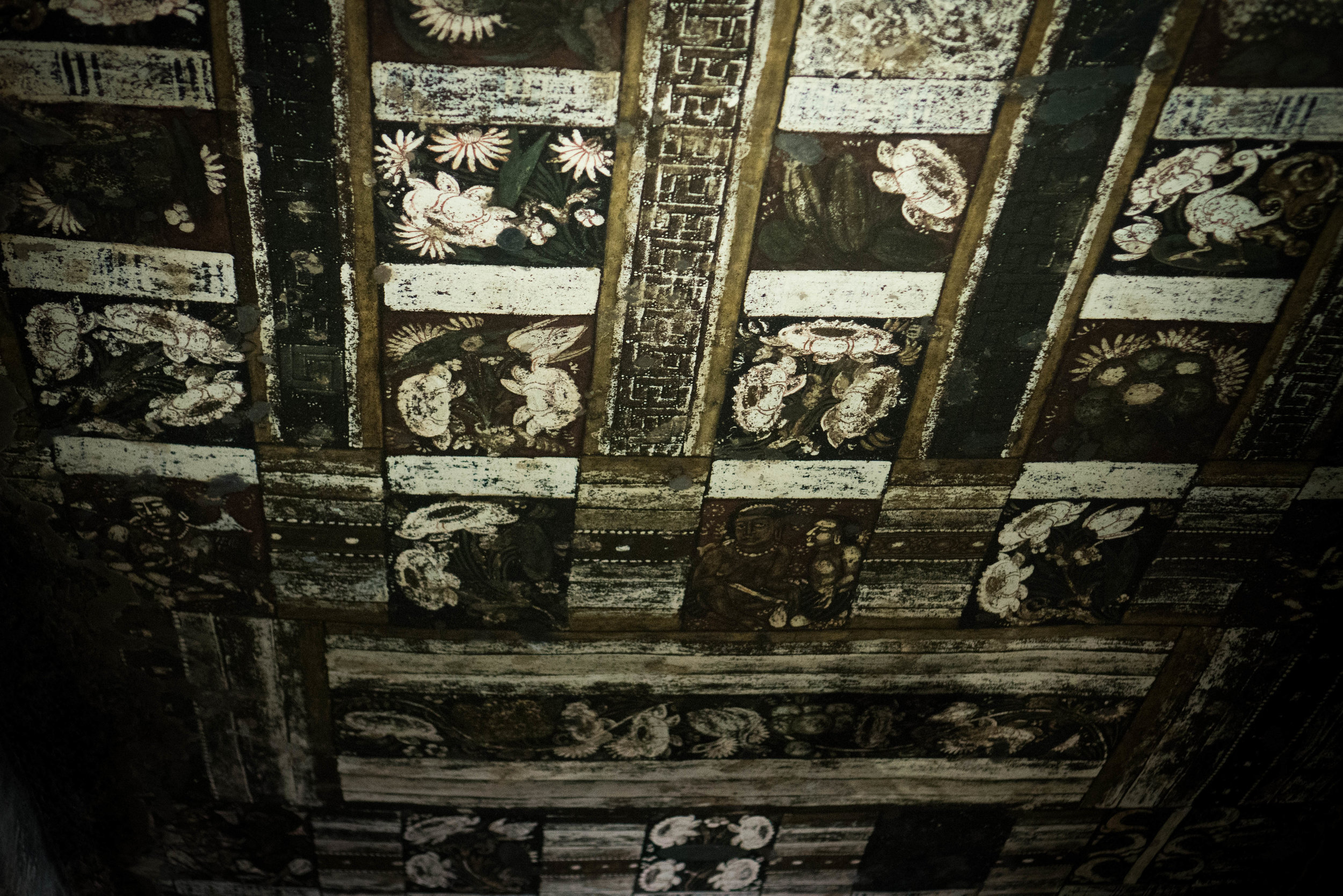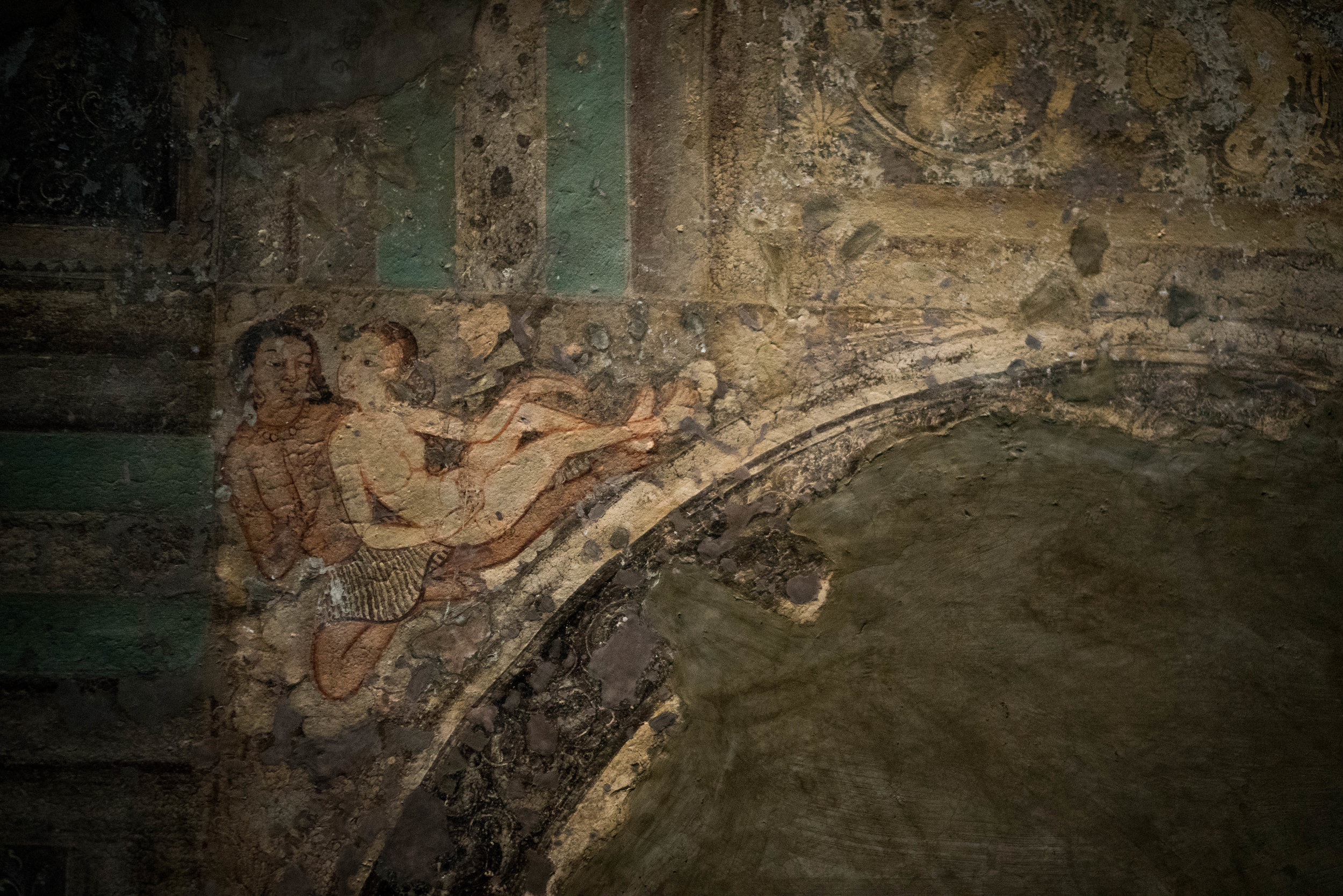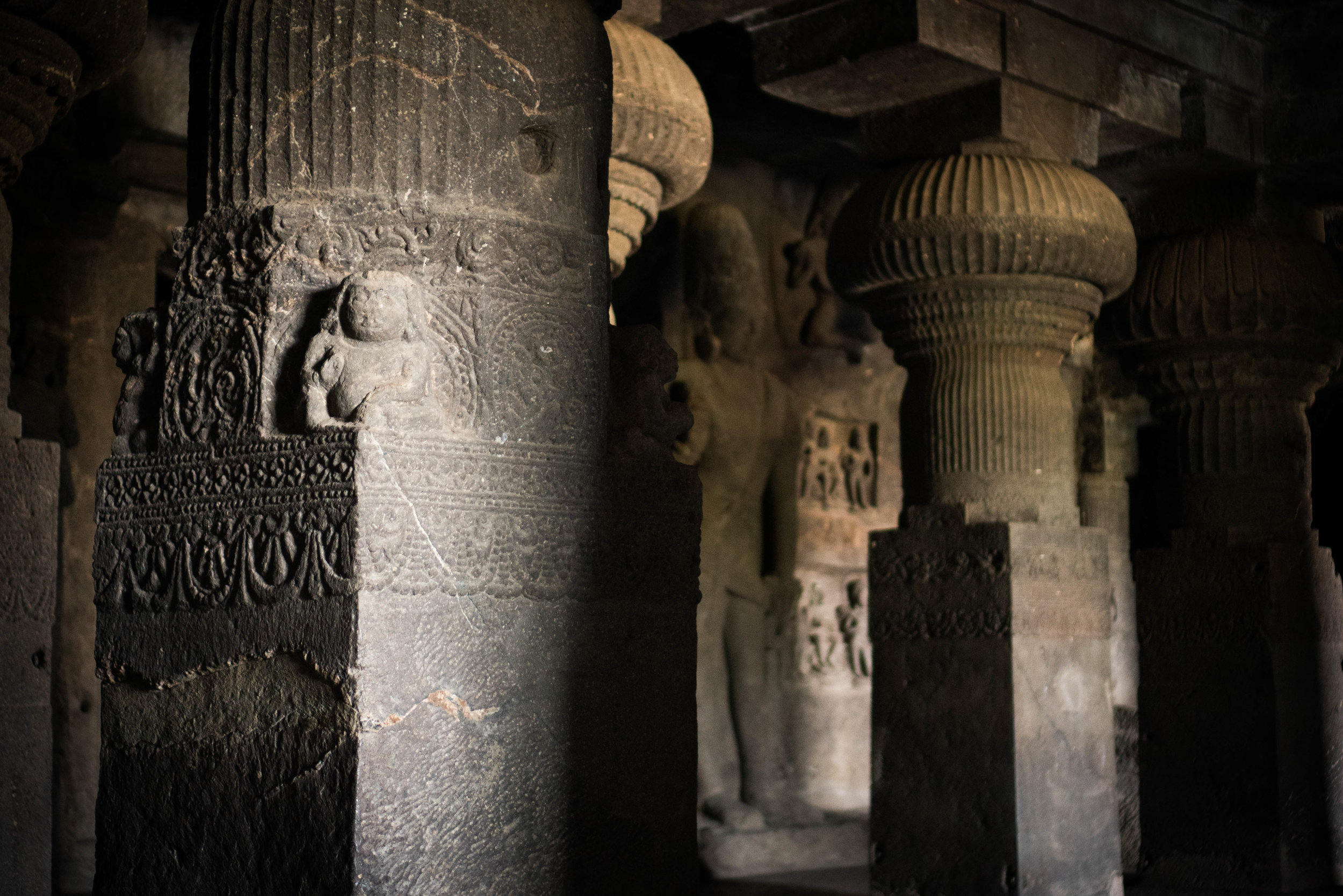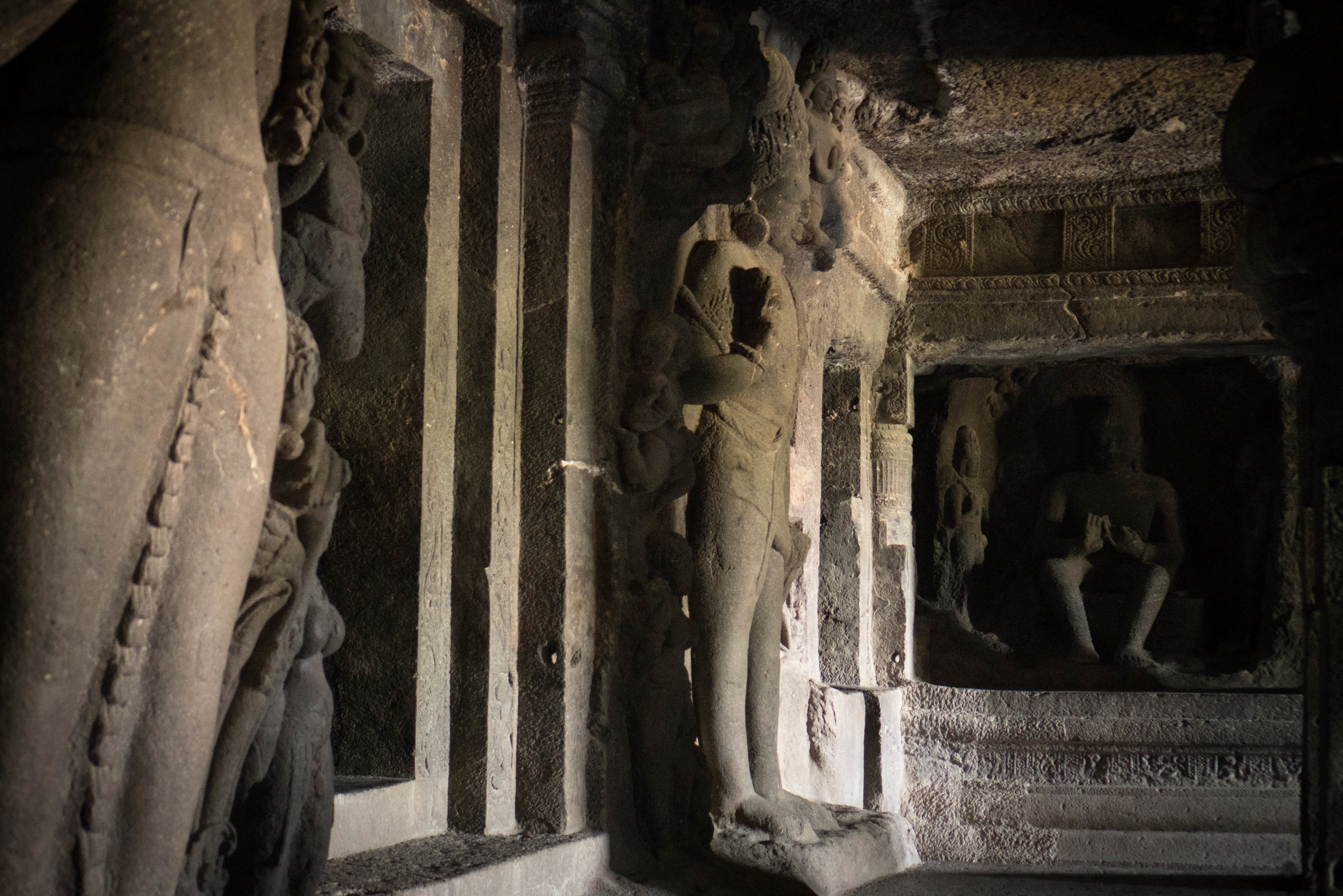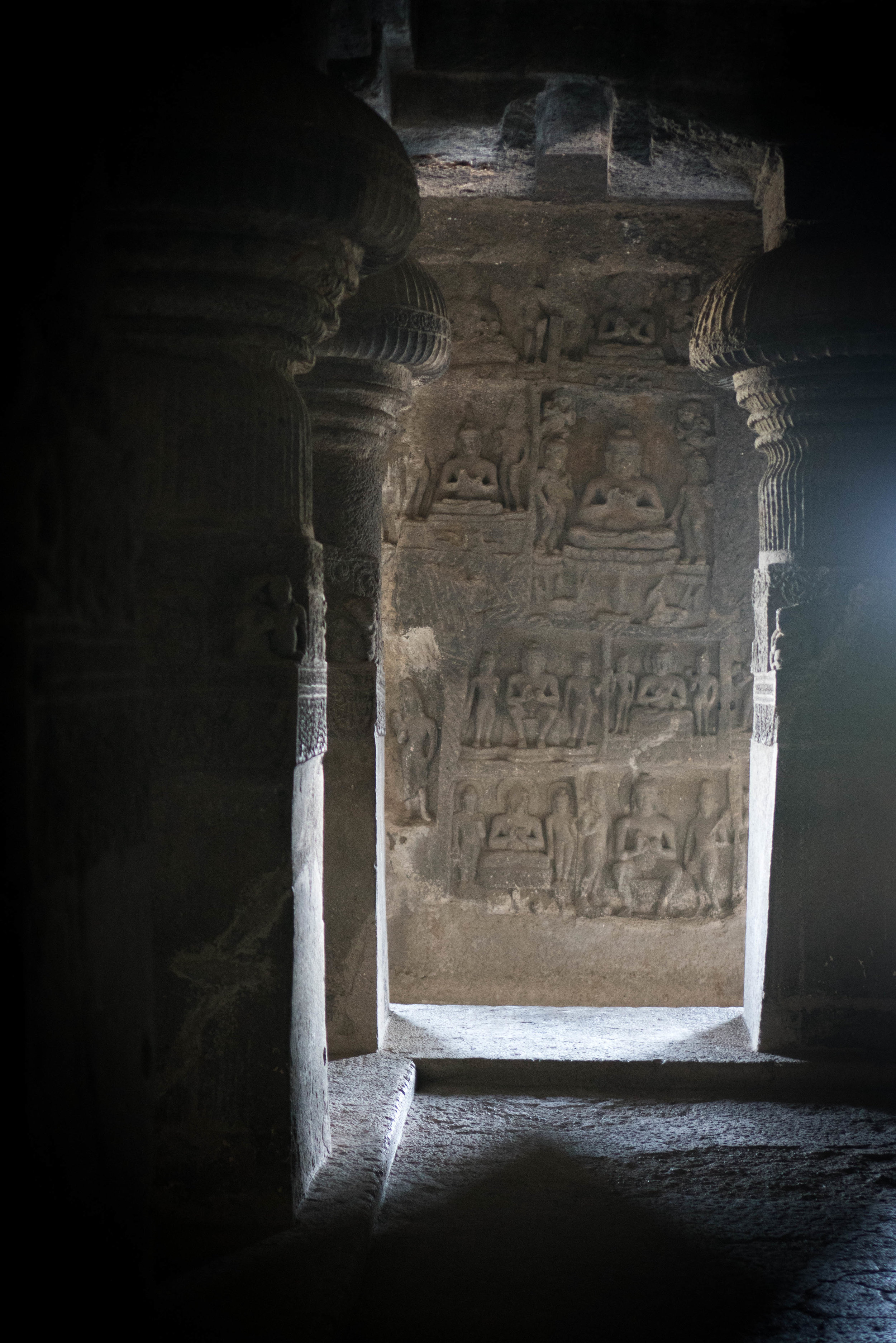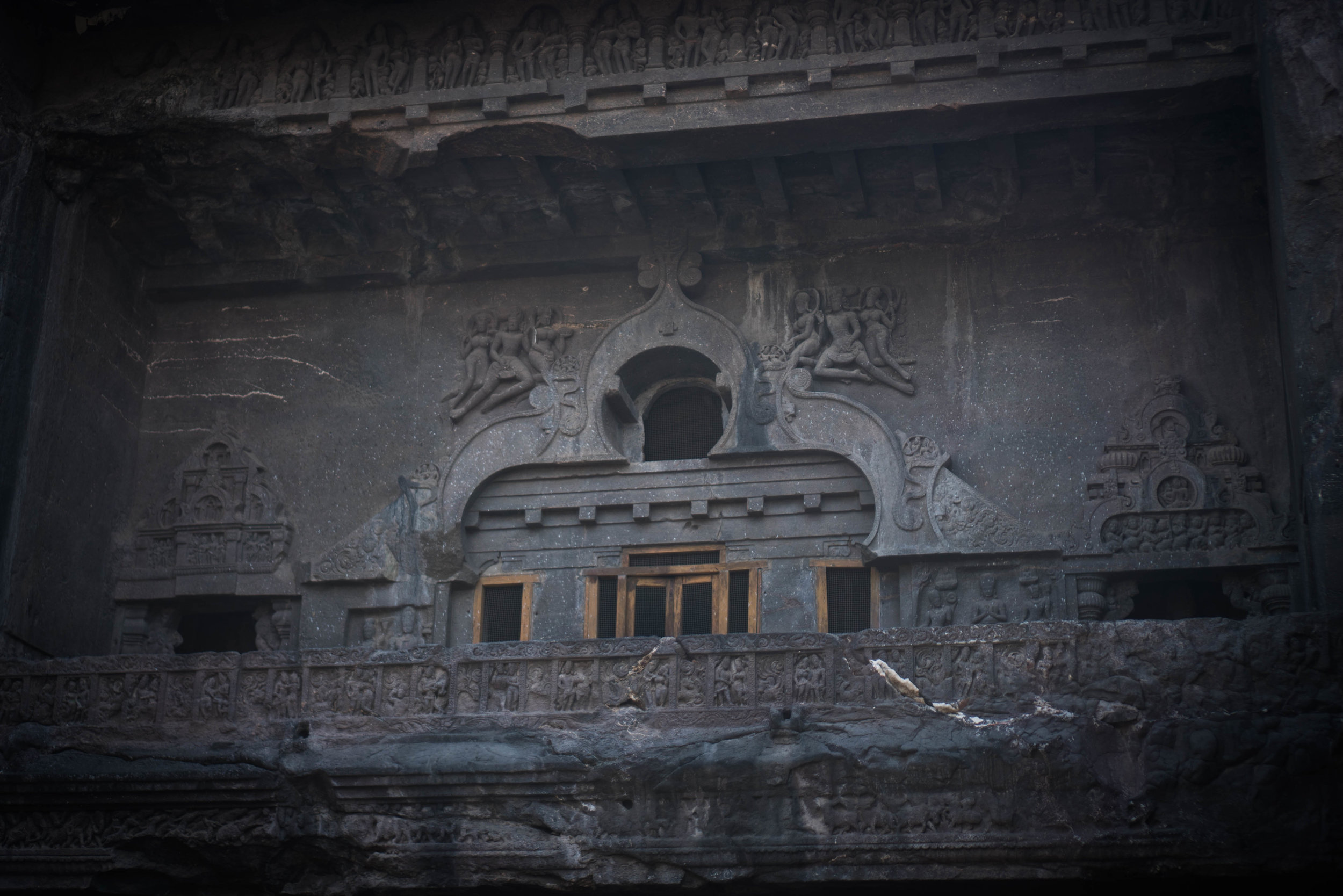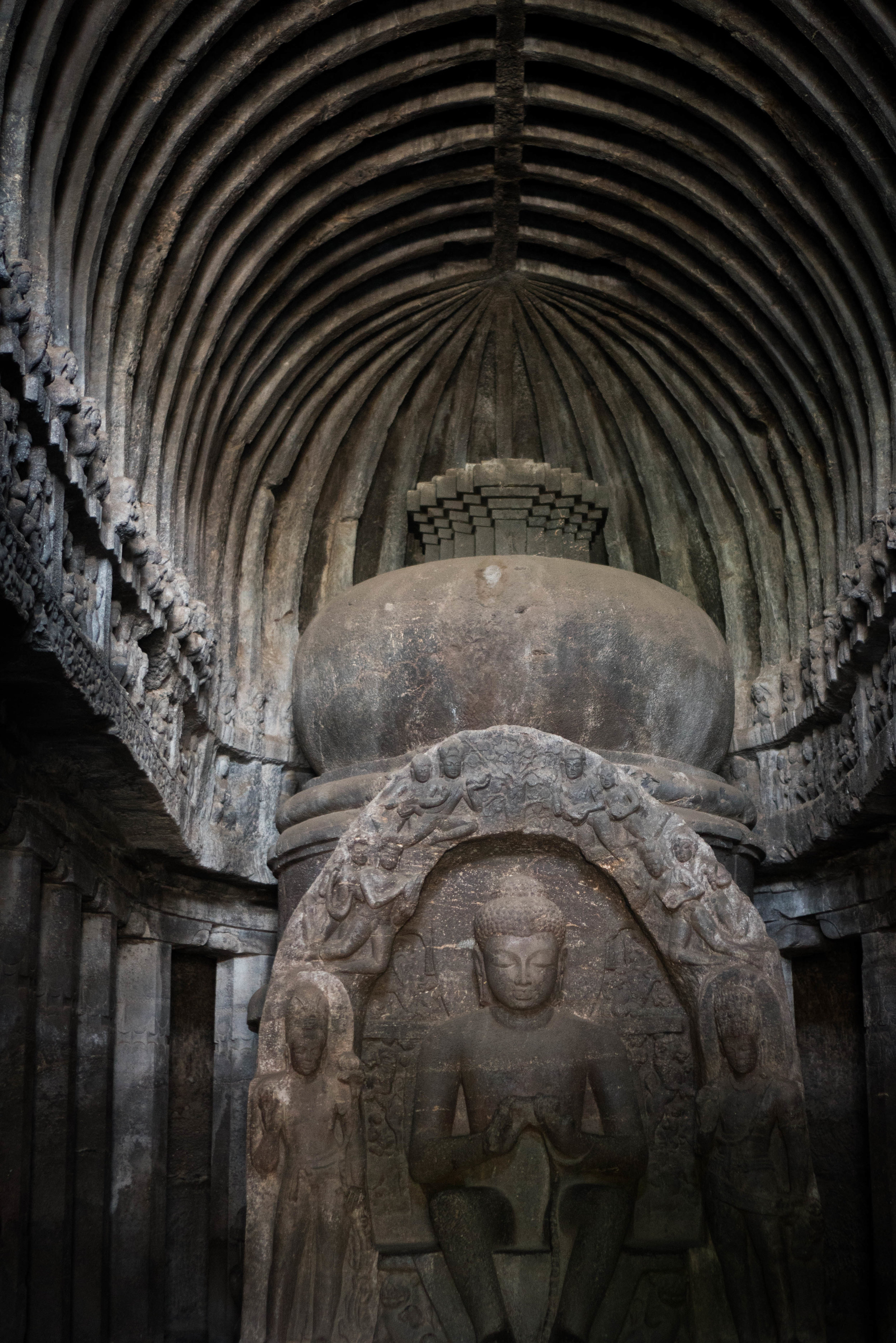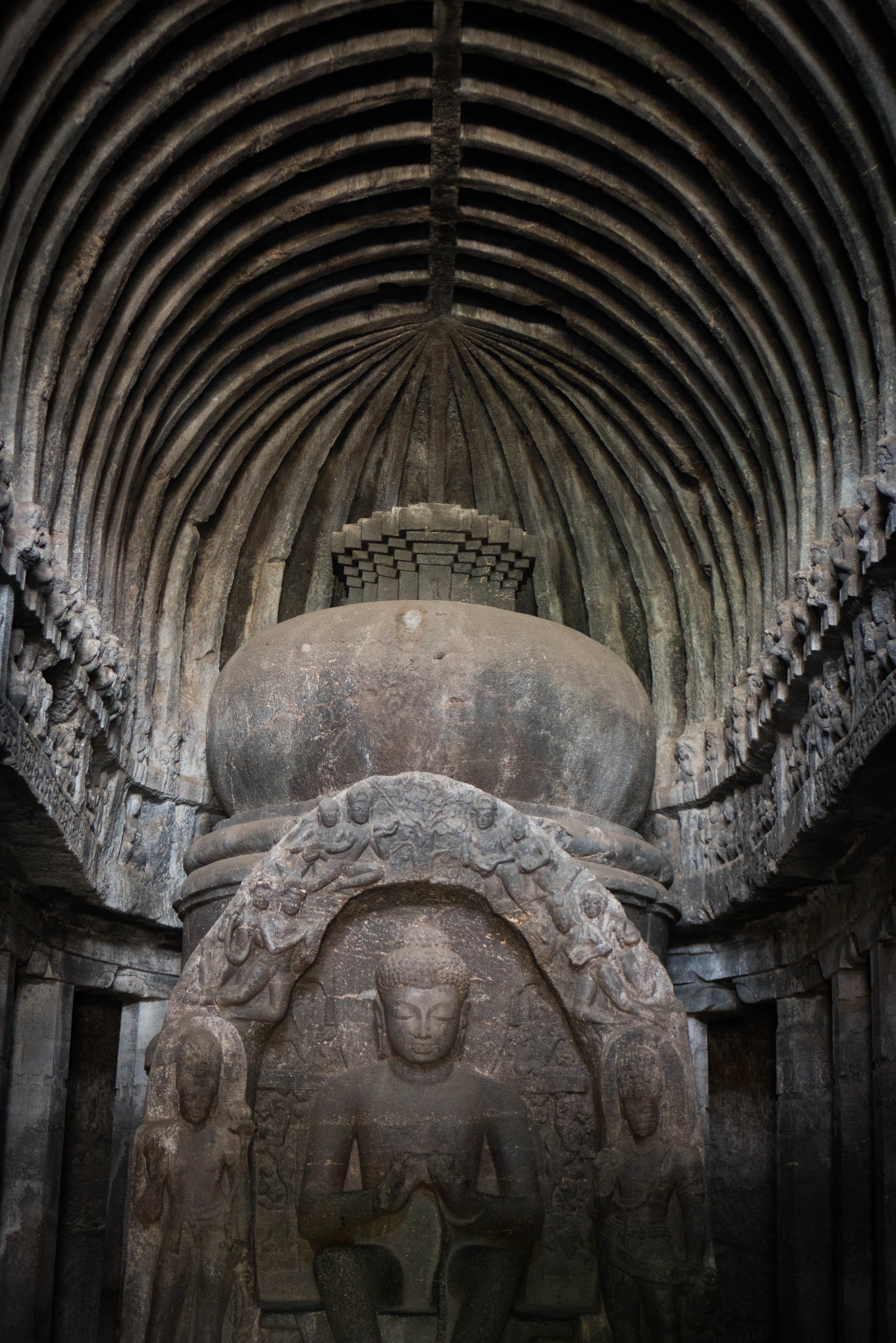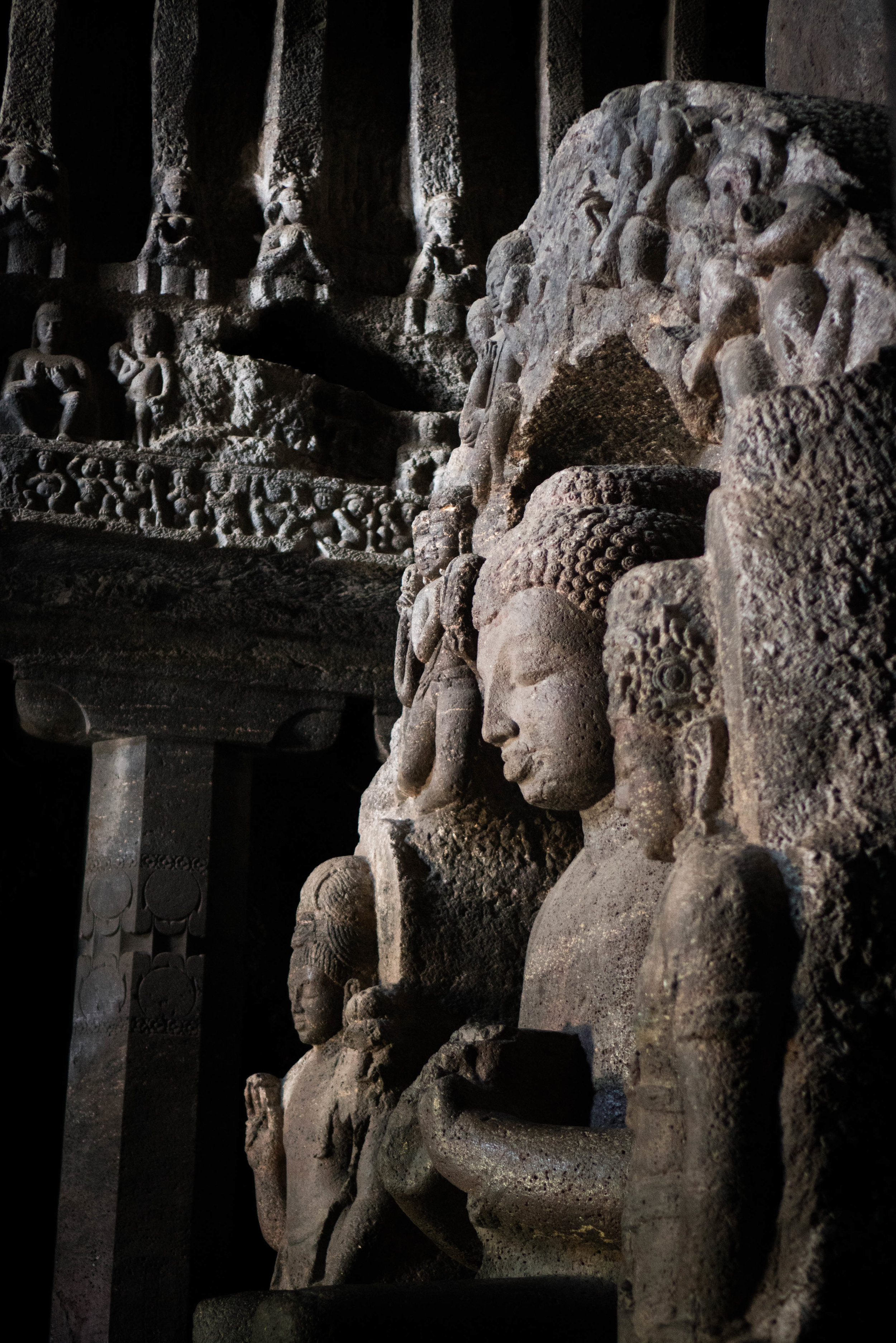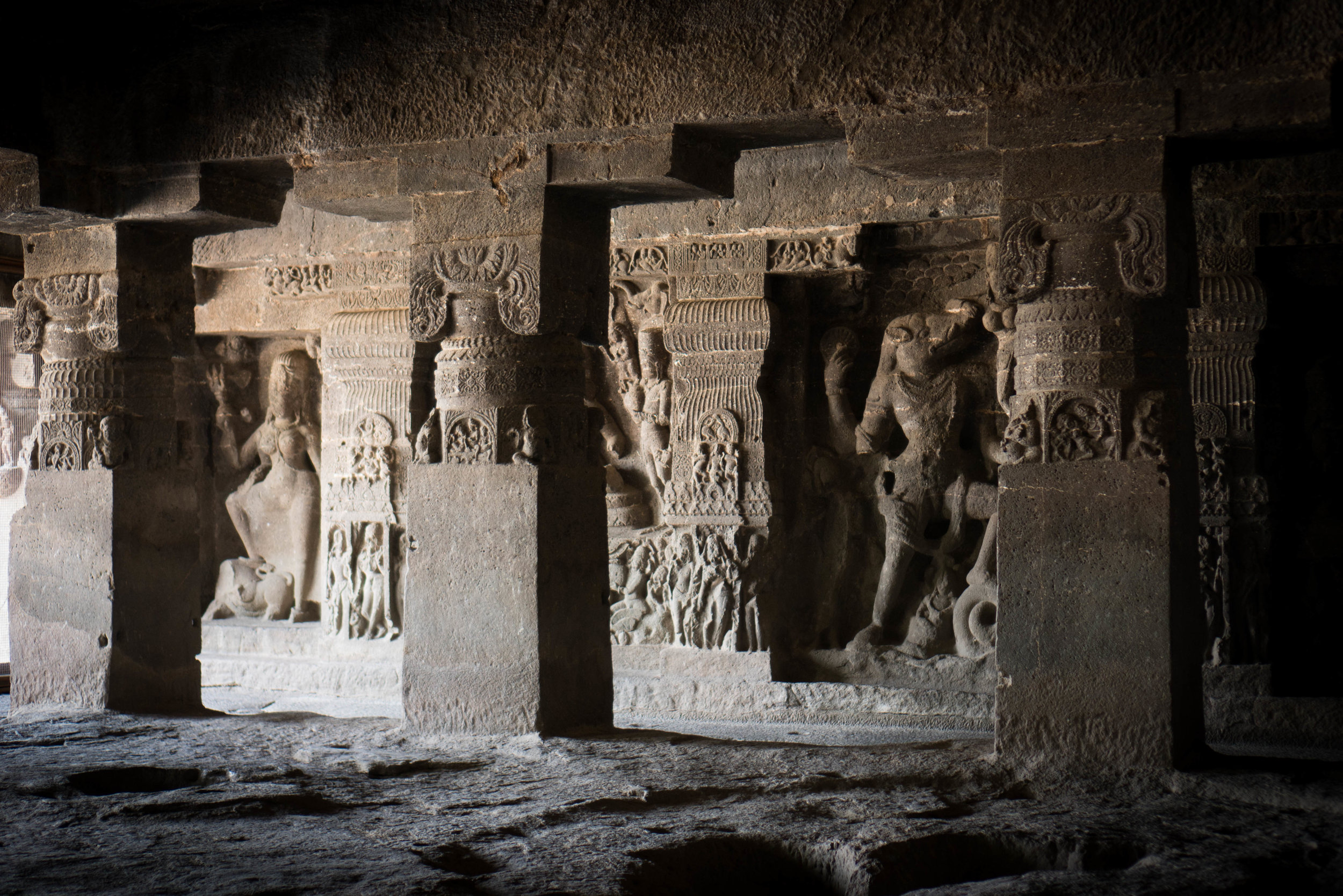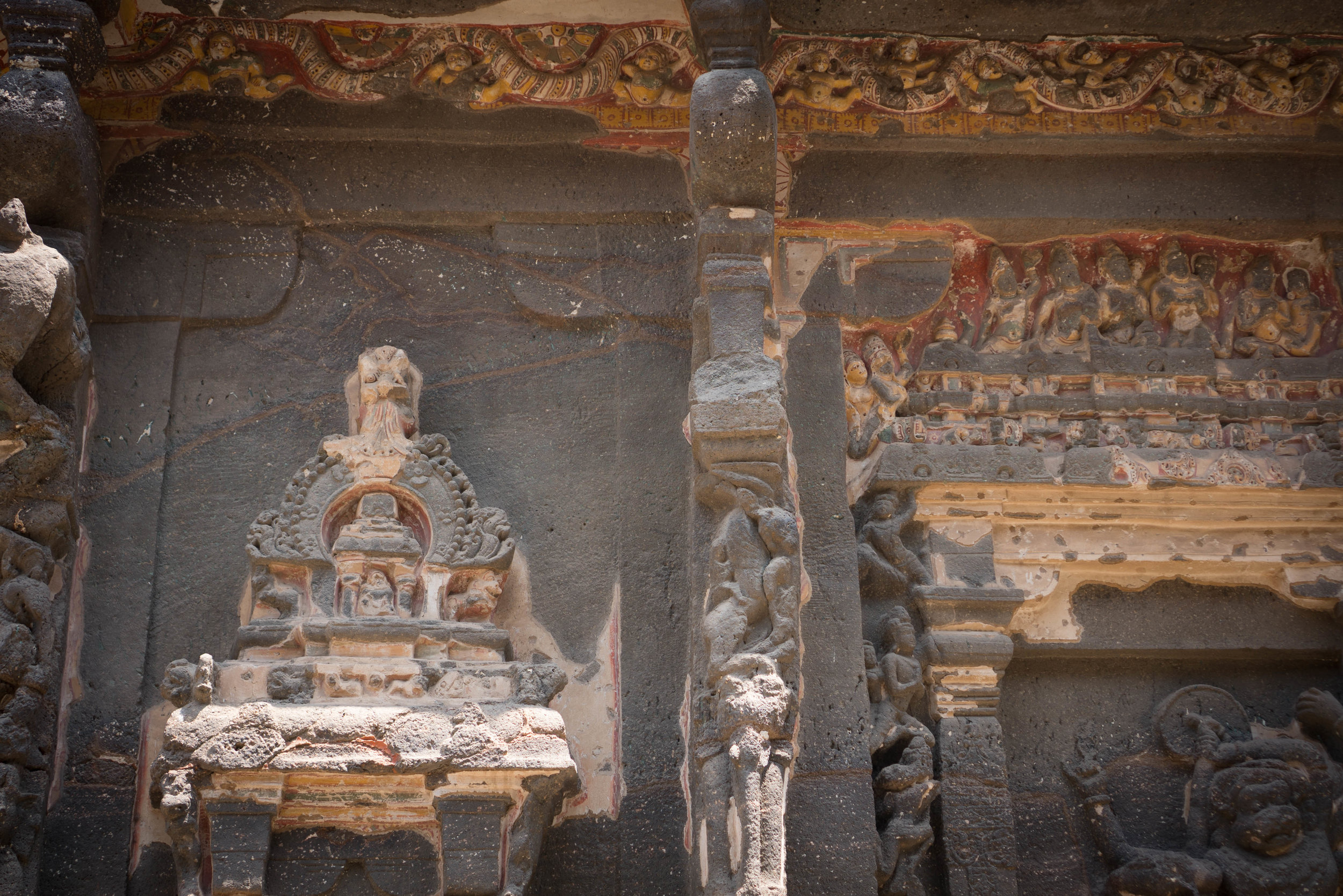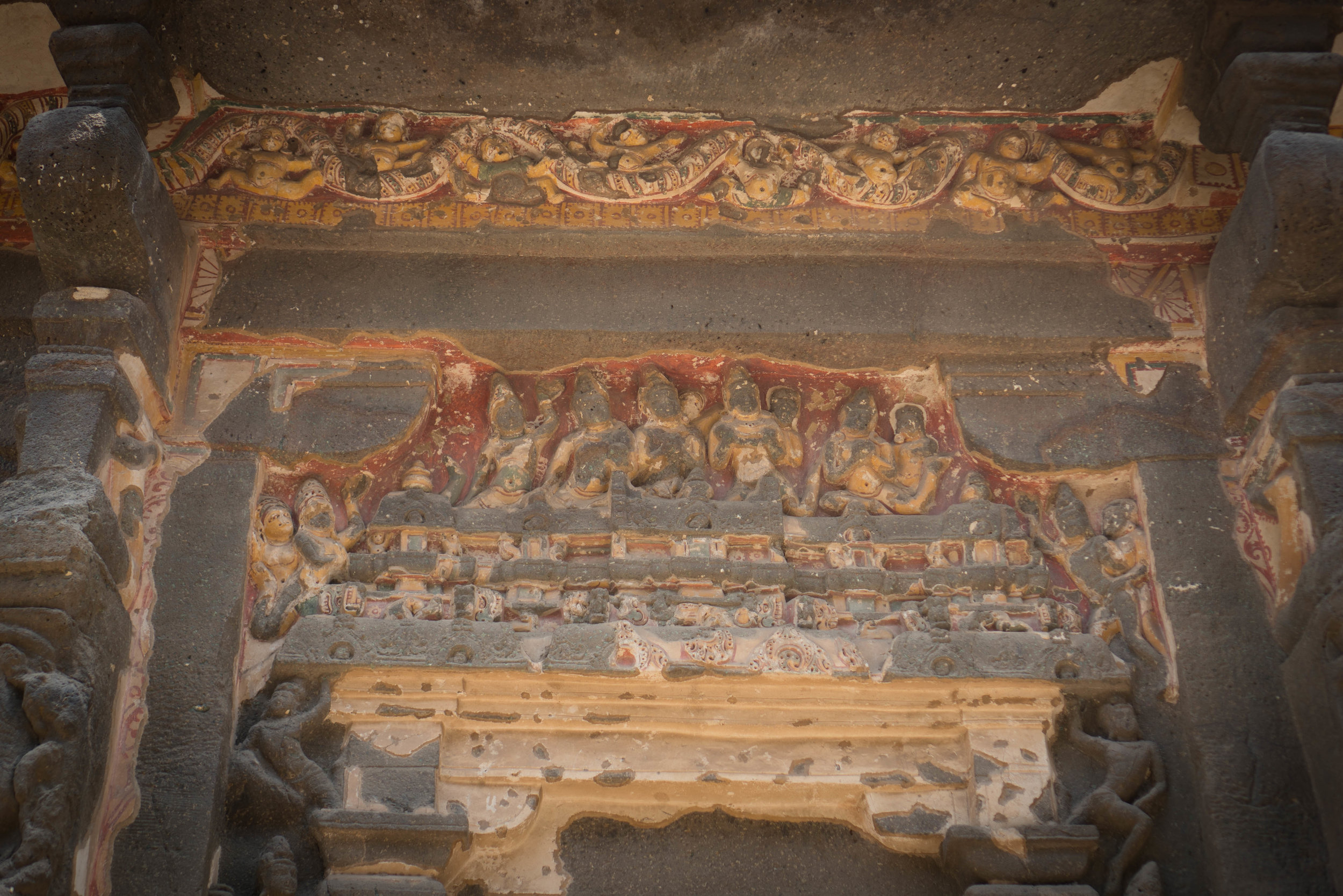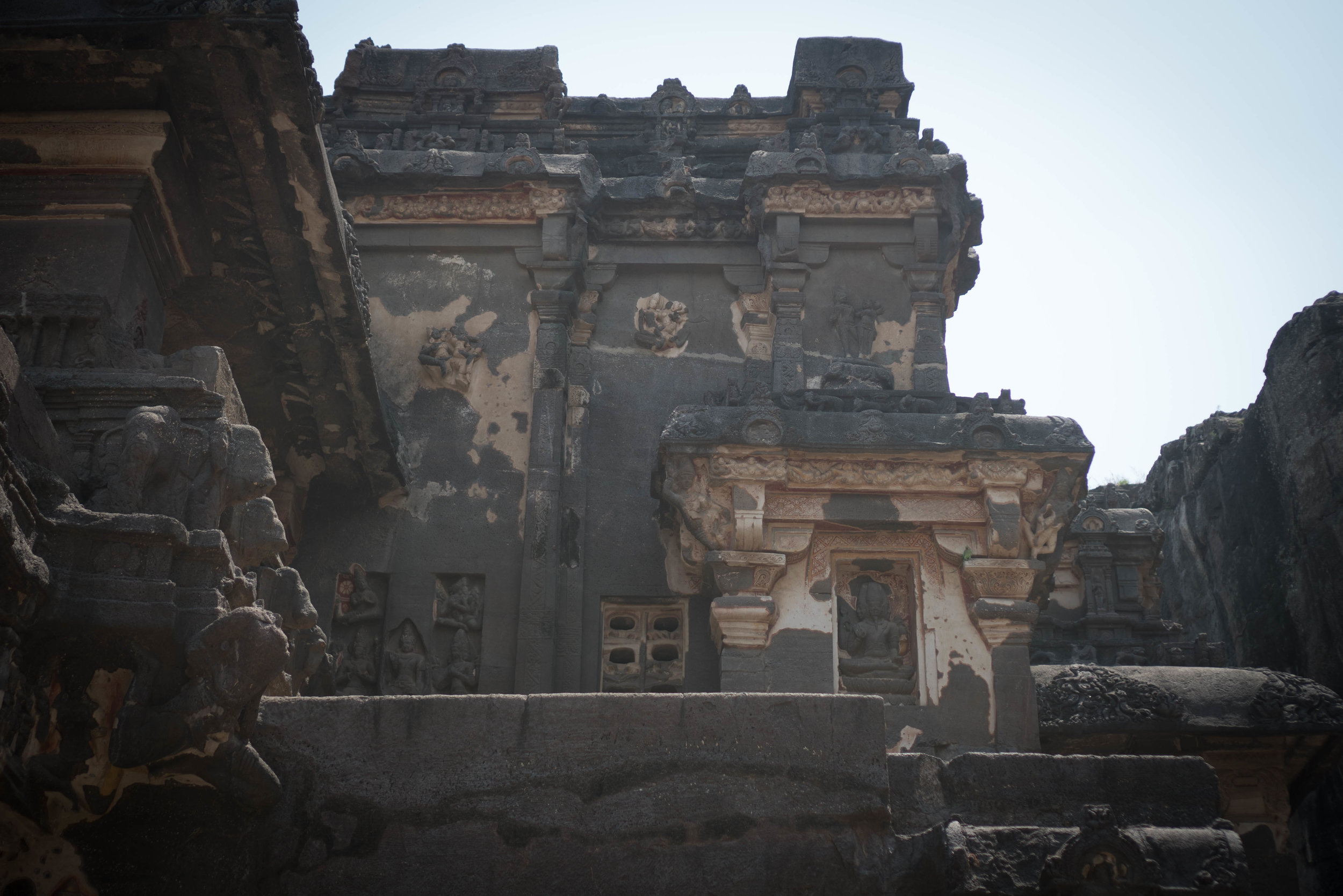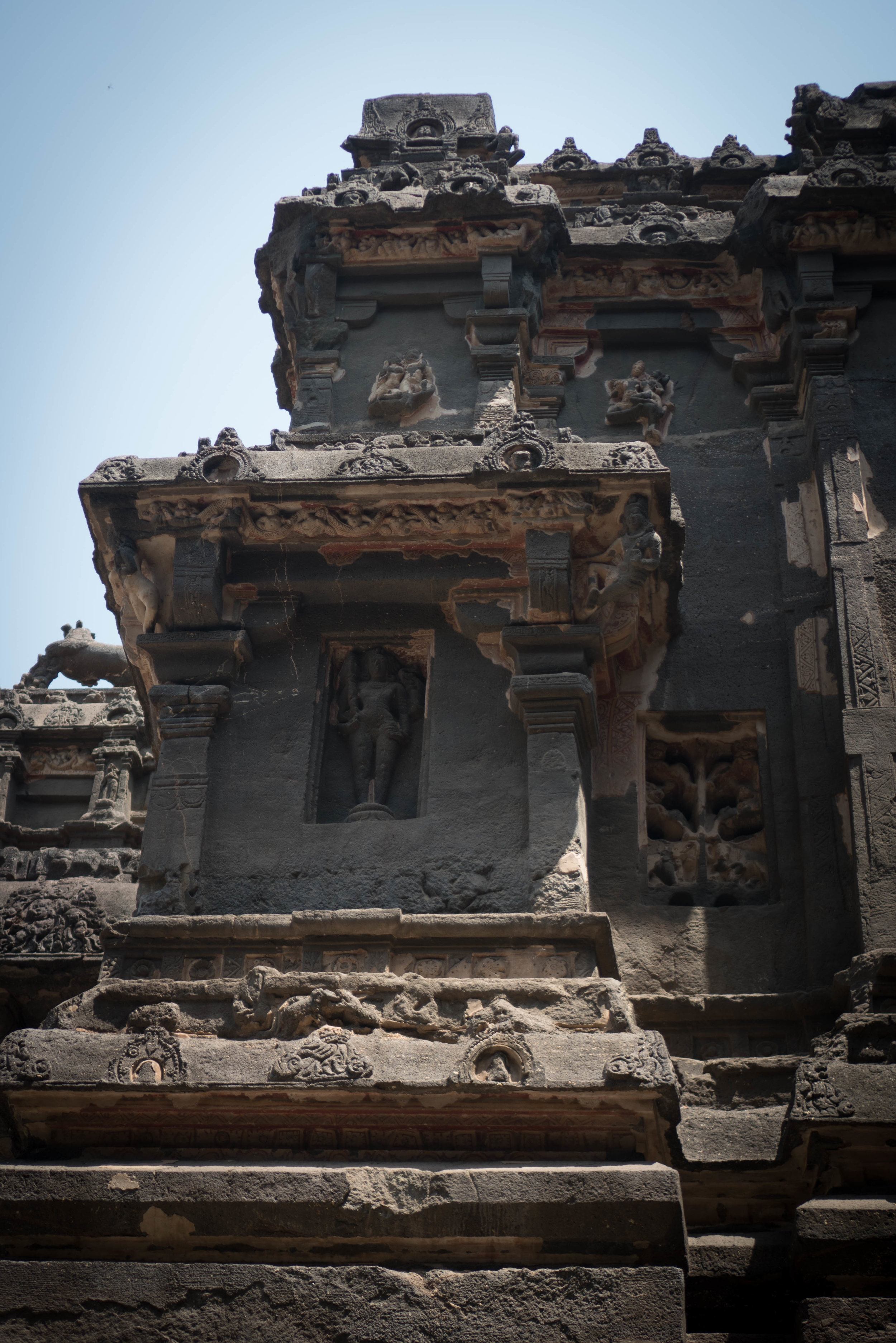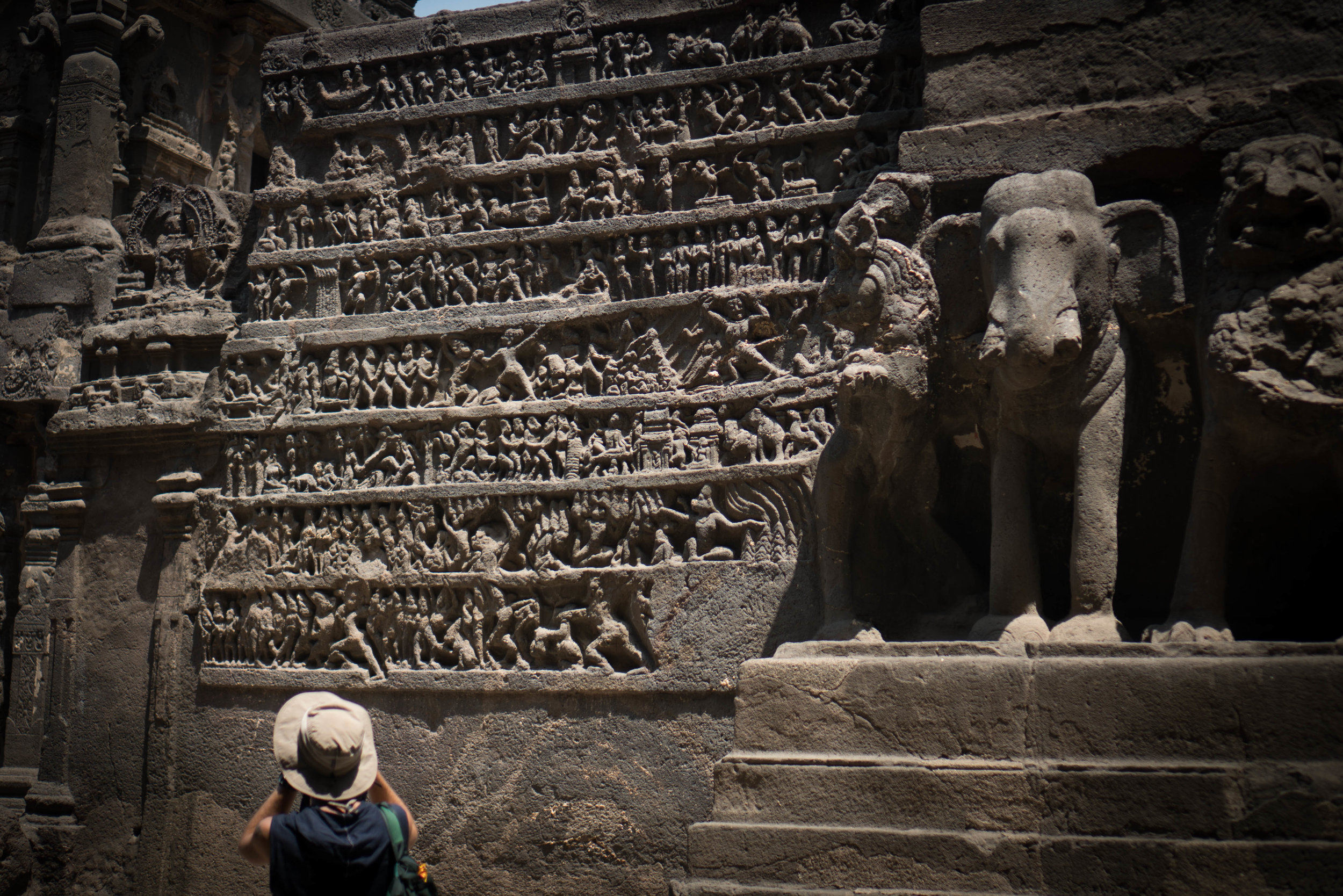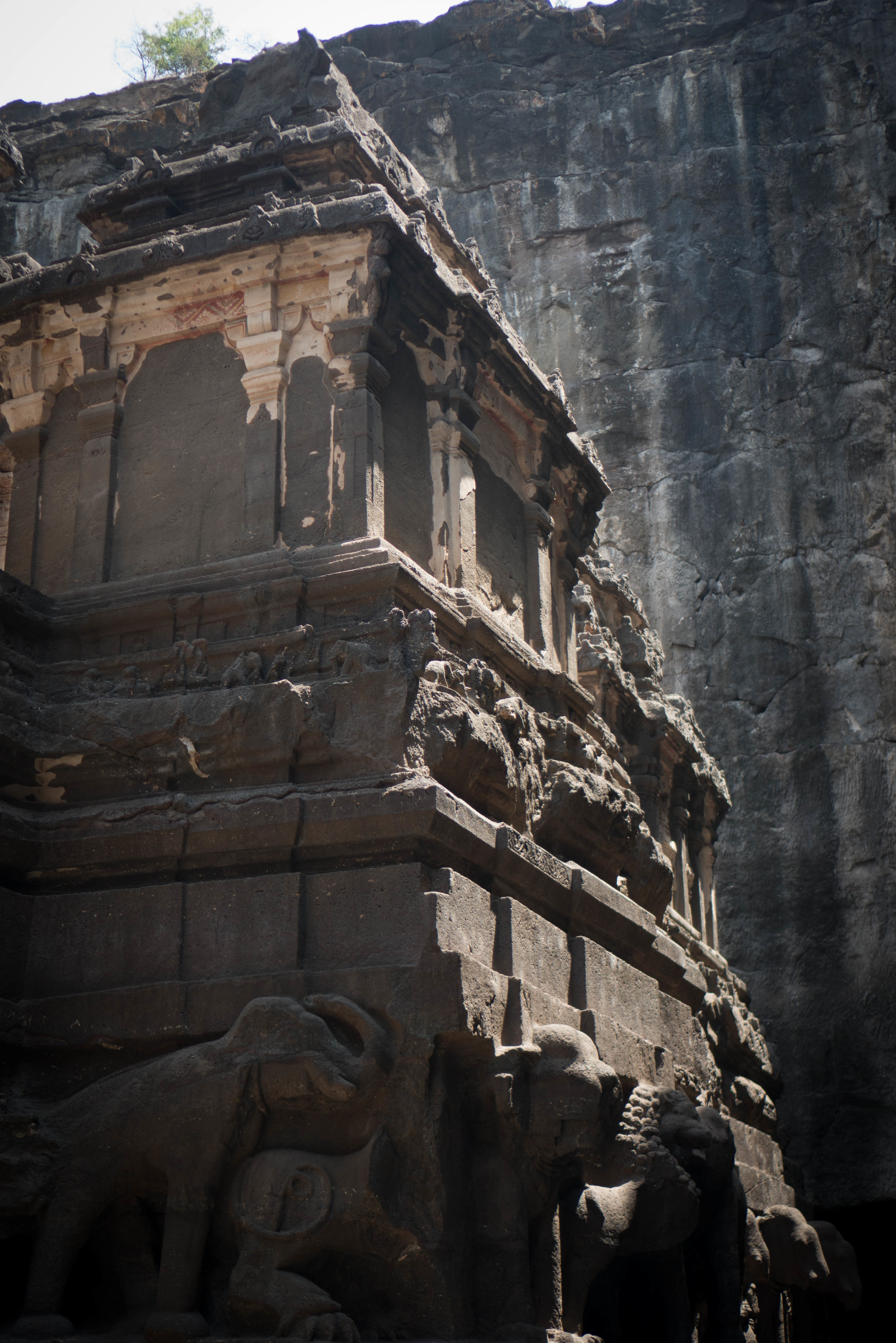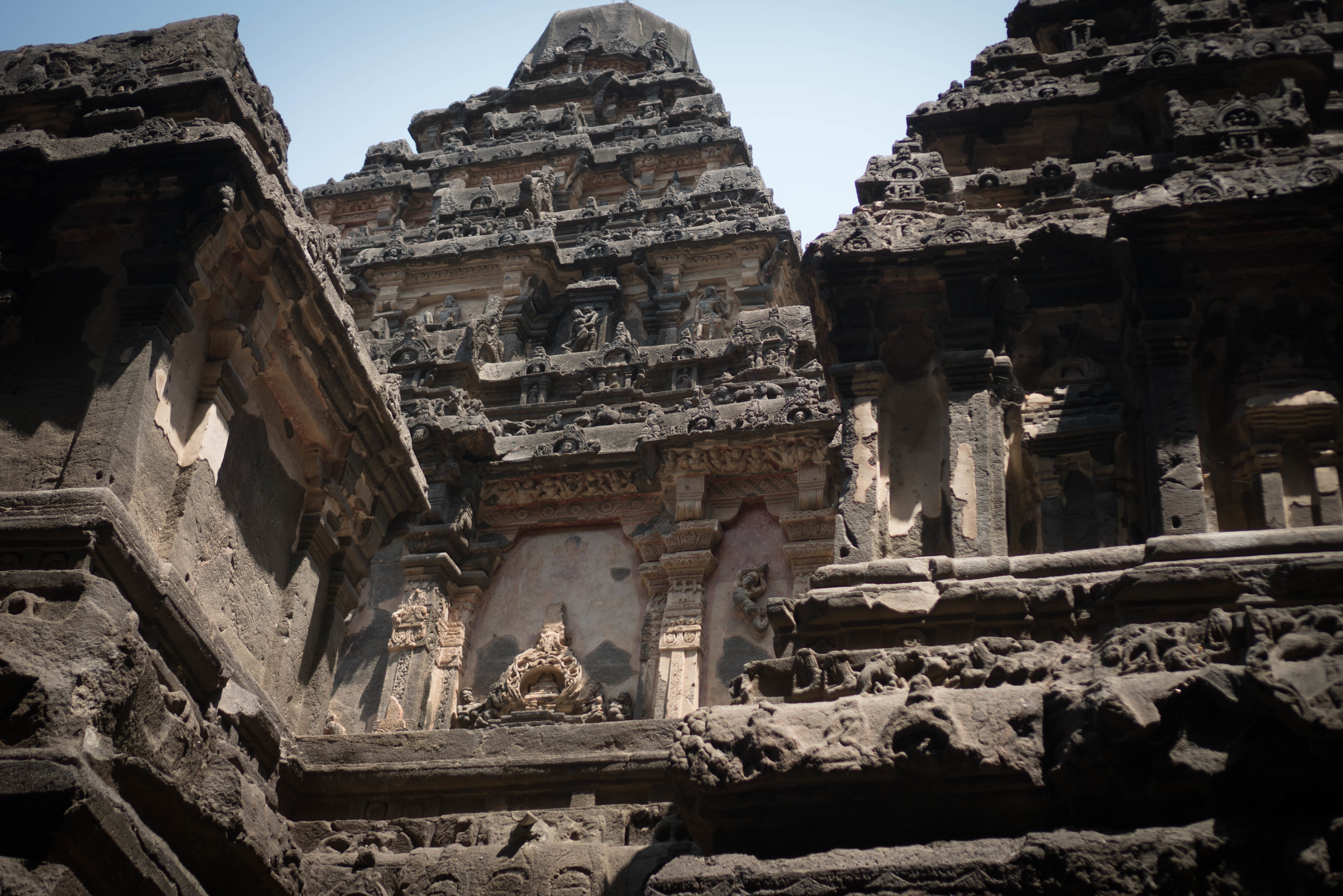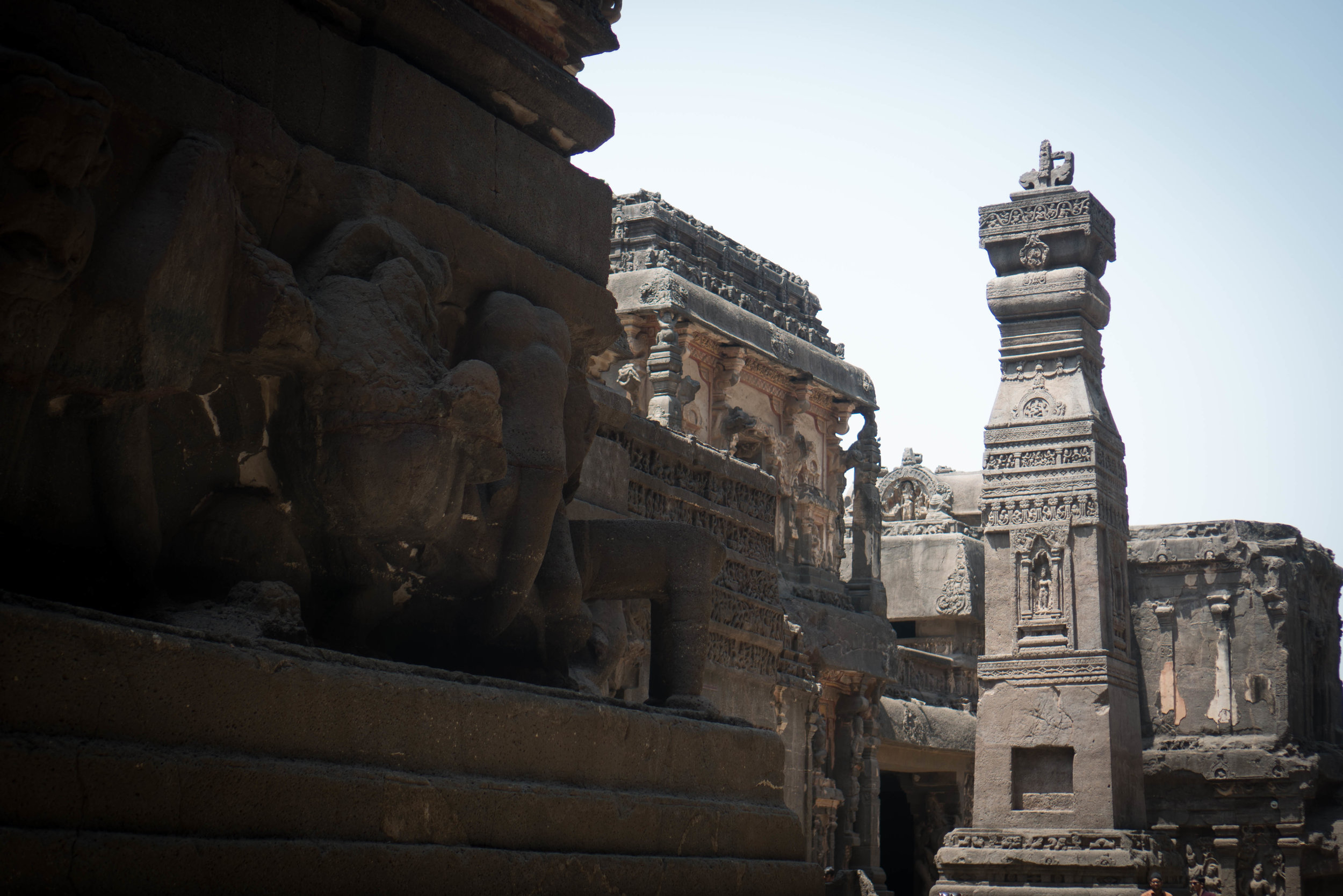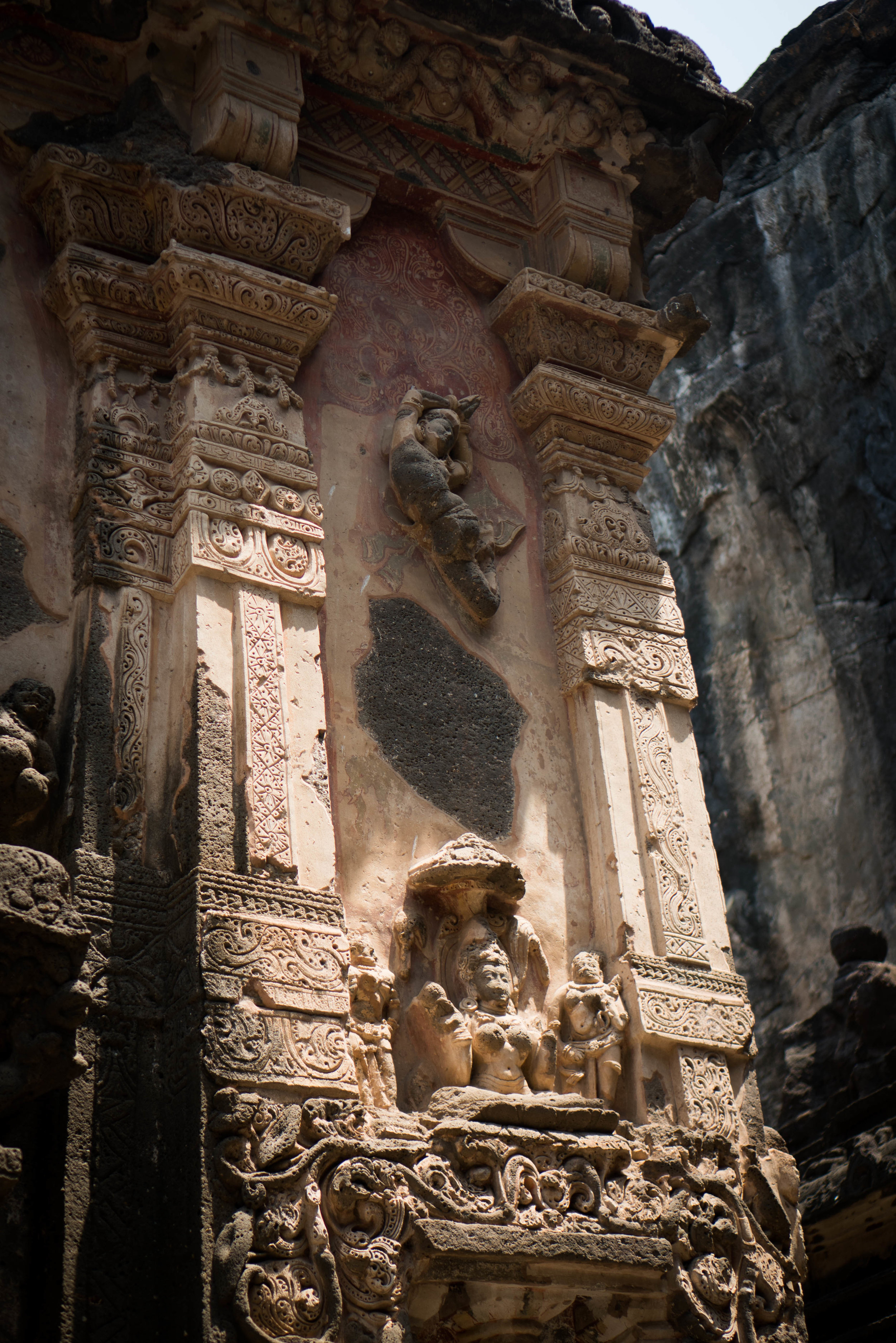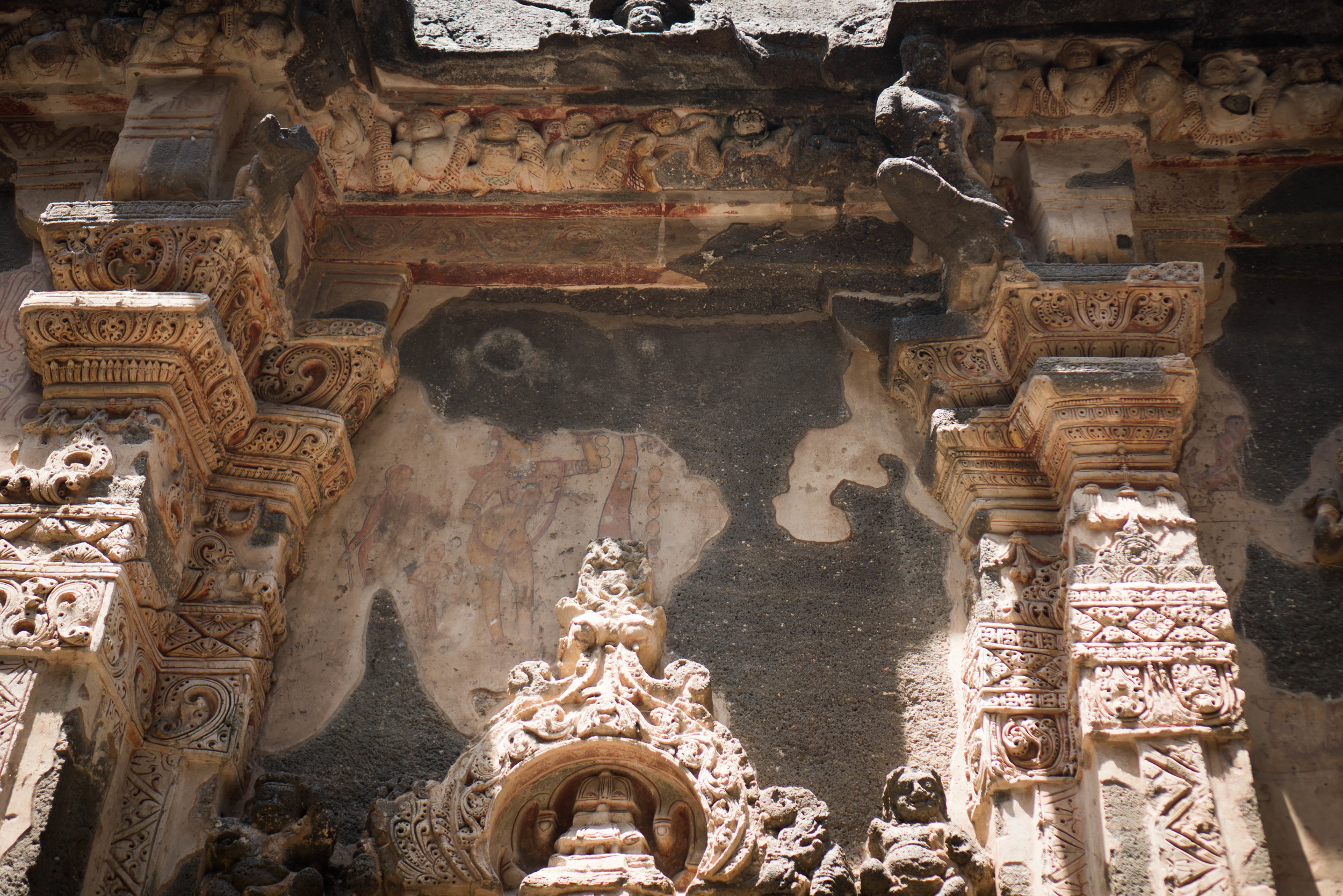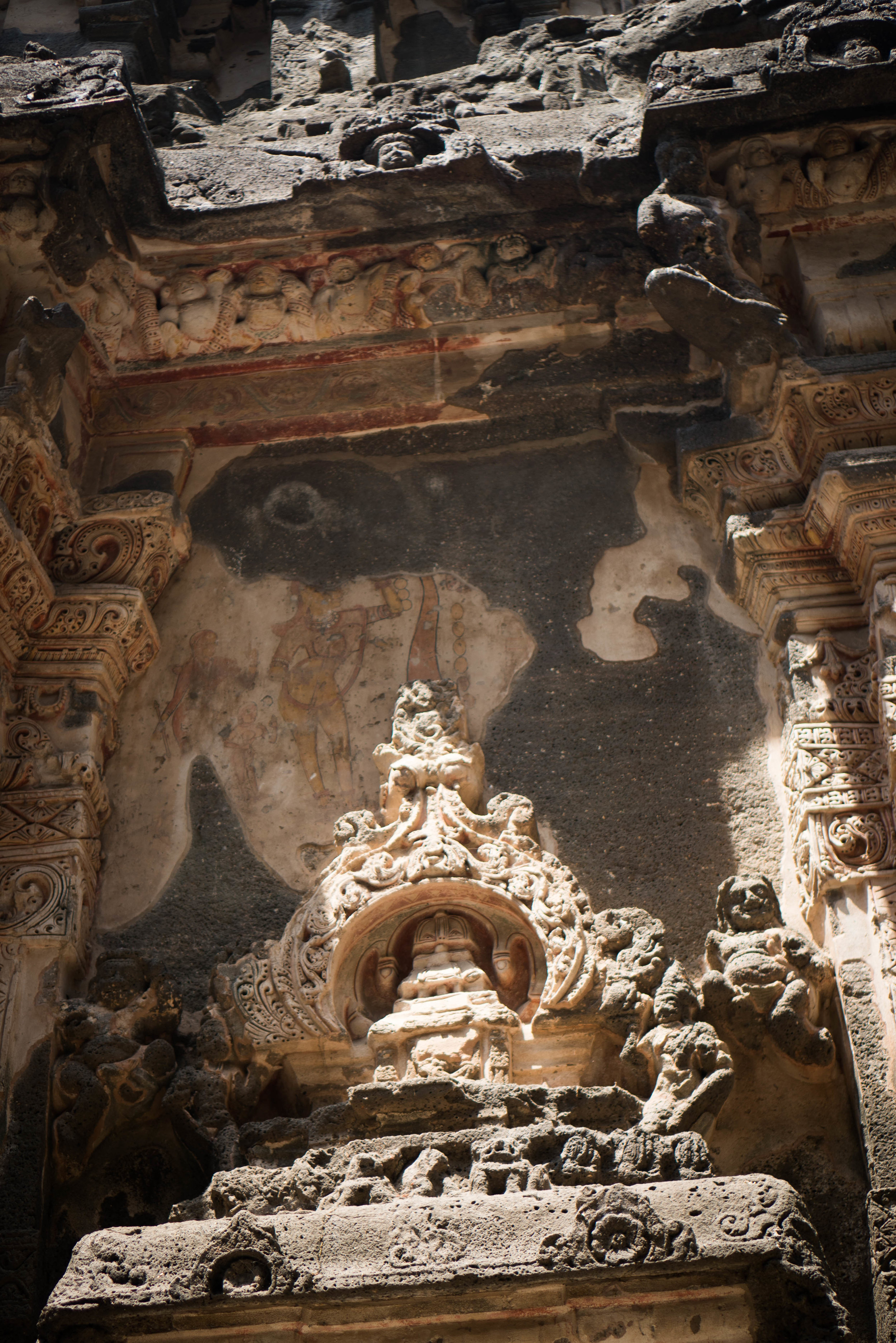We knew that visiting Ellora and Ajanta was a pilgrimage we had to make whether or not it was easily accessible or on our route to the north of India. After spending a restful and healthful five days in Goa (and no I don’t mean that ironically, we actually practiced yoga asana every morning, cooked nutritious meals and even did a yogic intestinal cleanse - holler if you want to know more about that…) - we took an overnight bus first to Pune then quickly transferred to an 9-hour train to the Maharastrian city of Aurangabad. Aurangabad is one of the closest big cities to these UNESCO World Heritage sites yet you don’t find very much tourist infrastructure there. Having just been in Goa, it was a beautiful contrast. Although no matter where we are, we’re turning heads on the streets as curiosity is always piqued by the color of our skin and our Amazonian stature, our celebrity was particularly kingly in Aurangabad.
Our first night there Sebastiaan had looked up a highly-rated restaurant nearby our little hotel and after striking simple conversation with the family next to us, the man was insisting to buy our dinner and invited us to his wedding the following month. Once you’ve finally surrendered to the ebb and flow of Indian social interactions and learned how to express yourself within it, you are privileged with experiencing its subtle beauties.
Off the rails of the backpacker path, it’s easier to behold the generosity and authenticity of the people here. It’s easy to get frustrated traveling in India. To feel like every auto driver sees an opportunity in you and that by being a foreigners means you’re made of money. This of course is not untrue relatively speaking, being able to charge double to a foreigner on a rickshaw ride can mean a serious bonus for one’s family income and you can’t blame someone for seizing an opportunity to do so. But once you’re in a place that it is uncommon to see foreigners, you witness the genuine fascination and pure kindness of people. In Aurangabad people were so wide-eyed and stunned to see us that I don’t think they had time to think about how to rip us off.
Being in Aurangabad for those couple days was full of small and charming interactions like this. It’s these little streaks that are necessary to break up the dualistic formalities of being on the tourist route - the social role of tourist vs. service provider, foreigner vs. Indian.
Anyway, the Ellora and Ajanta caves were well-worth the journey and undoubtedly one of the most spectacular sites I’ve experienced any wherein the world. 34 caves at Ellora and 29 at Ajanta, they are a mix of Buddhist, Hindu and Jain sites for spiritual and philosophical inquiry dug, chiseled, and carved into rock. These caves weren’t simple single-usage hermitage dwellings like the ones you find high in the Himalayas, but equipped with a complex system of full lecture halls, prayer rooms, and dormitories. The oldest caves are Buddhist, dating back to the 2nd century BCE. To give you an idea of rough timeframe, in this century the Roman Empire was in its golden years, the Chinese first produced paper, legend has its Liu An invents tofu and Hipparchus discovers precession of Earth's equinoxes - so like, really. really old. Some of the caves still maintain bits of their original paintings - bright lapis lazuli paint strokes reminding us of our ancient yet highly advanced past selves.
Visiting the Ajanta caves, which were a two hour drive out of town vs. the 25 min ride to Ellora, definitely stole the show for me. In the monsoon season Ajanta is engulfed by lush green forests and cascading waterfalls, adding to the mystery and brilliance of them. It’s unbelievable that these caves were forgotten for hundreds of years, swallowed by the surrounding jungles. It wasn’t until 1819 that a group of British officers hunting tigers rediscovered the caves, commencing an effort to preserve and study them. The way they were built with such complex engineering can only be traced to the unshakable devotion of their creators. The caves are ringing with the energy of their heyday. Taking a moment to sit inside one of the big lecture halls and chanting “Om,” letting it reverberate off the ridge-lined ceiling. Letting your imagination paint the bare stone with vivid ochre and lapis lazuli bringing life to the idols, lighting the candles and incense on the front altar illuminating the hall - imagining what it would have been like to receive teachings from a great teacher there, 1000s of years ago.
